
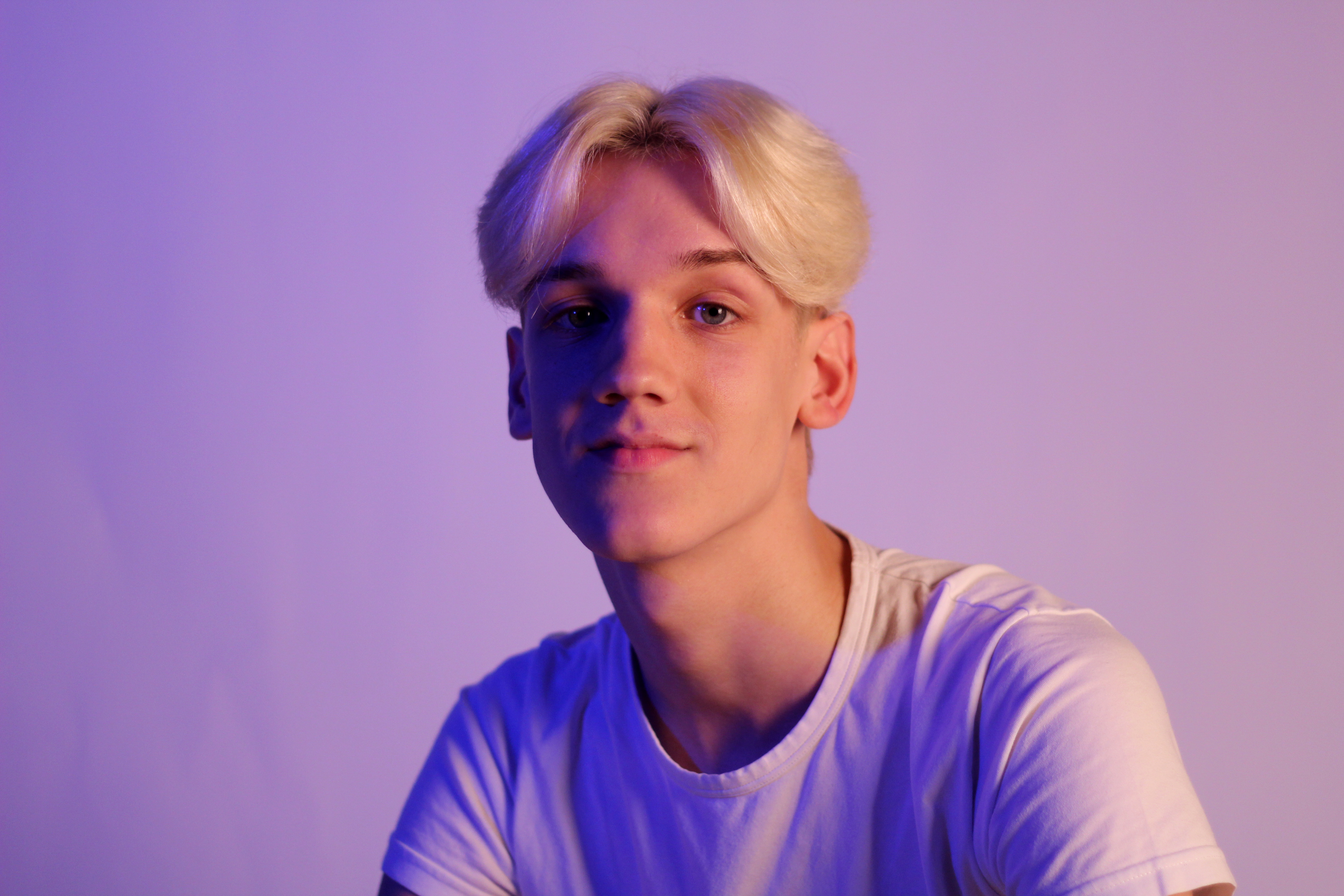
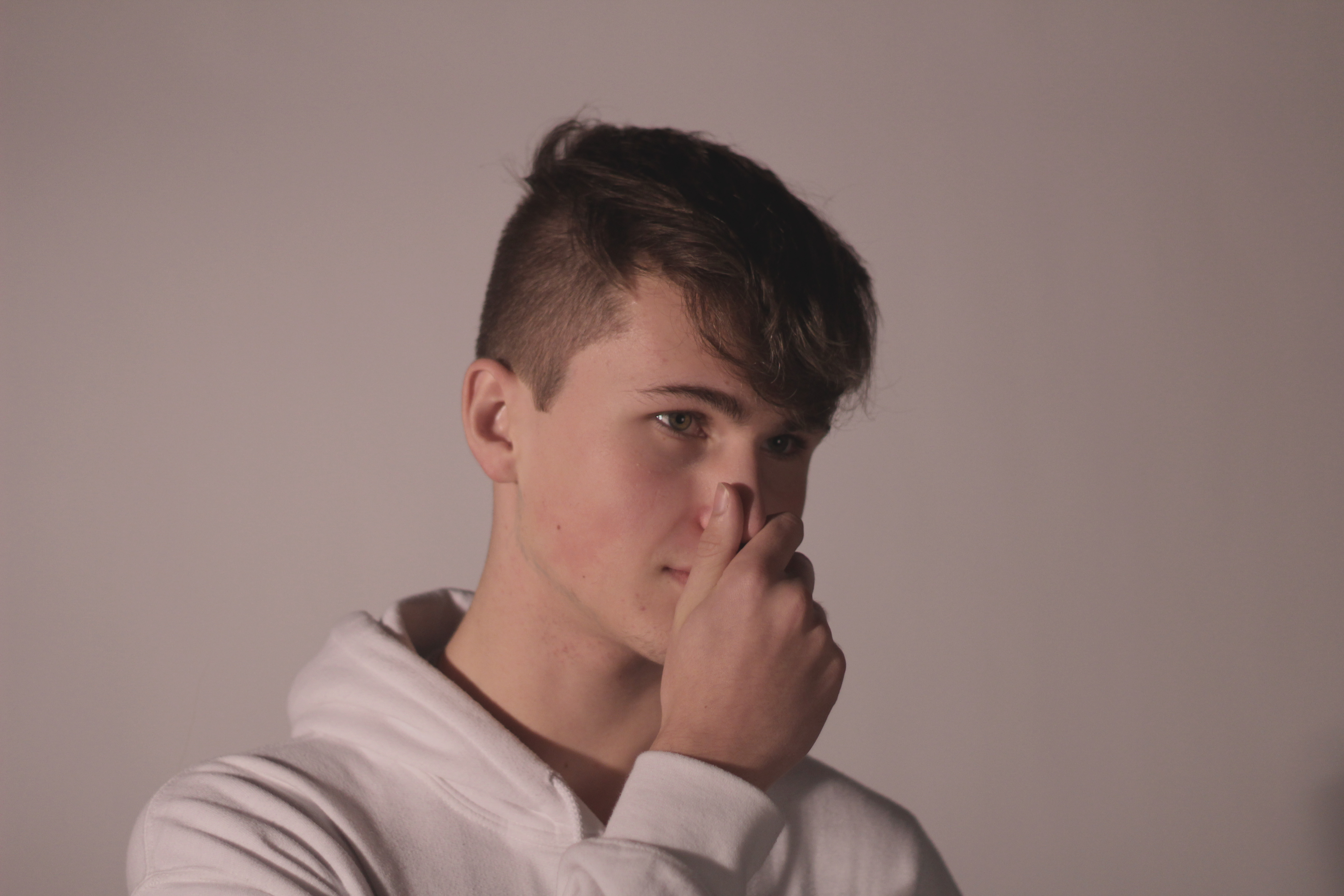
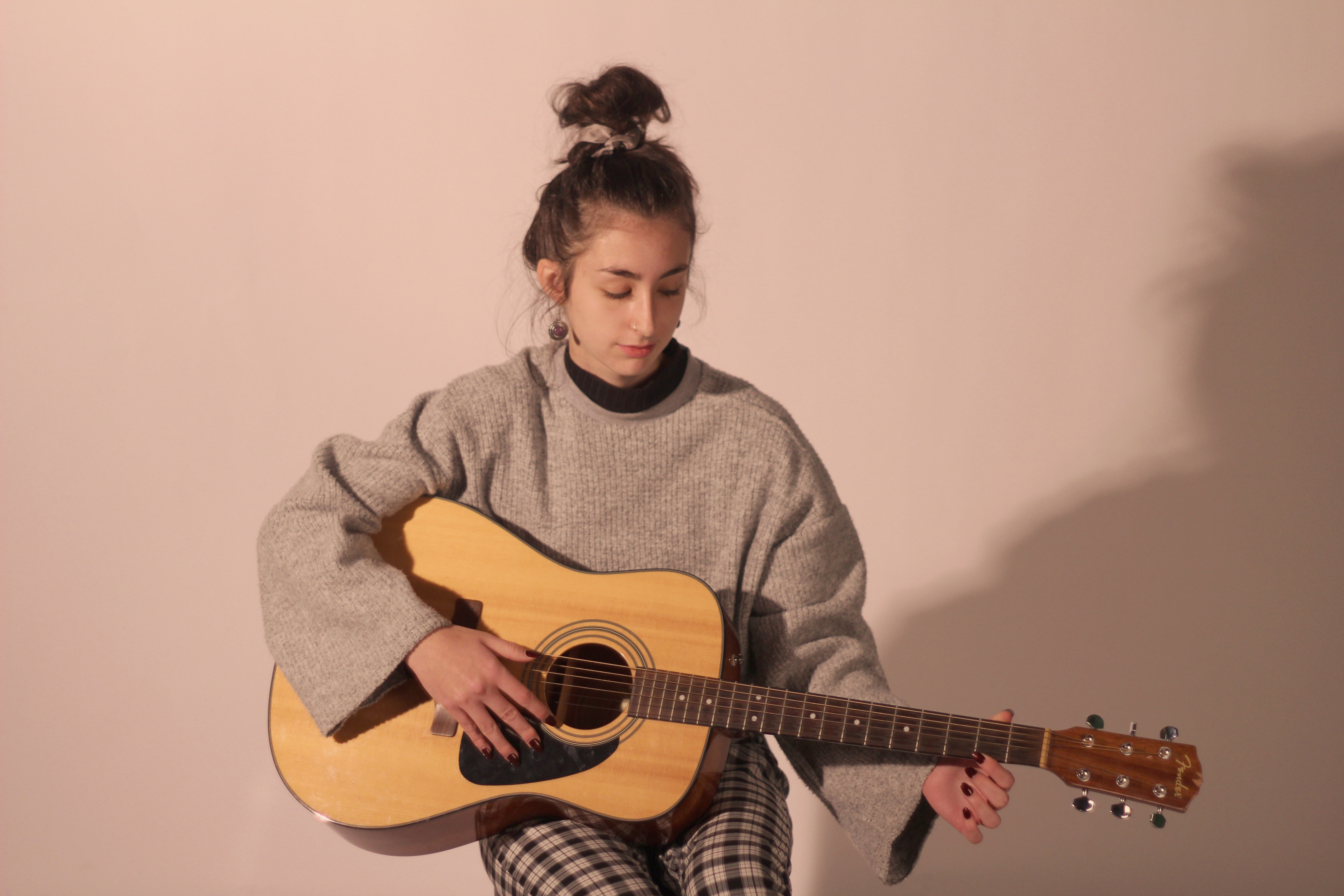
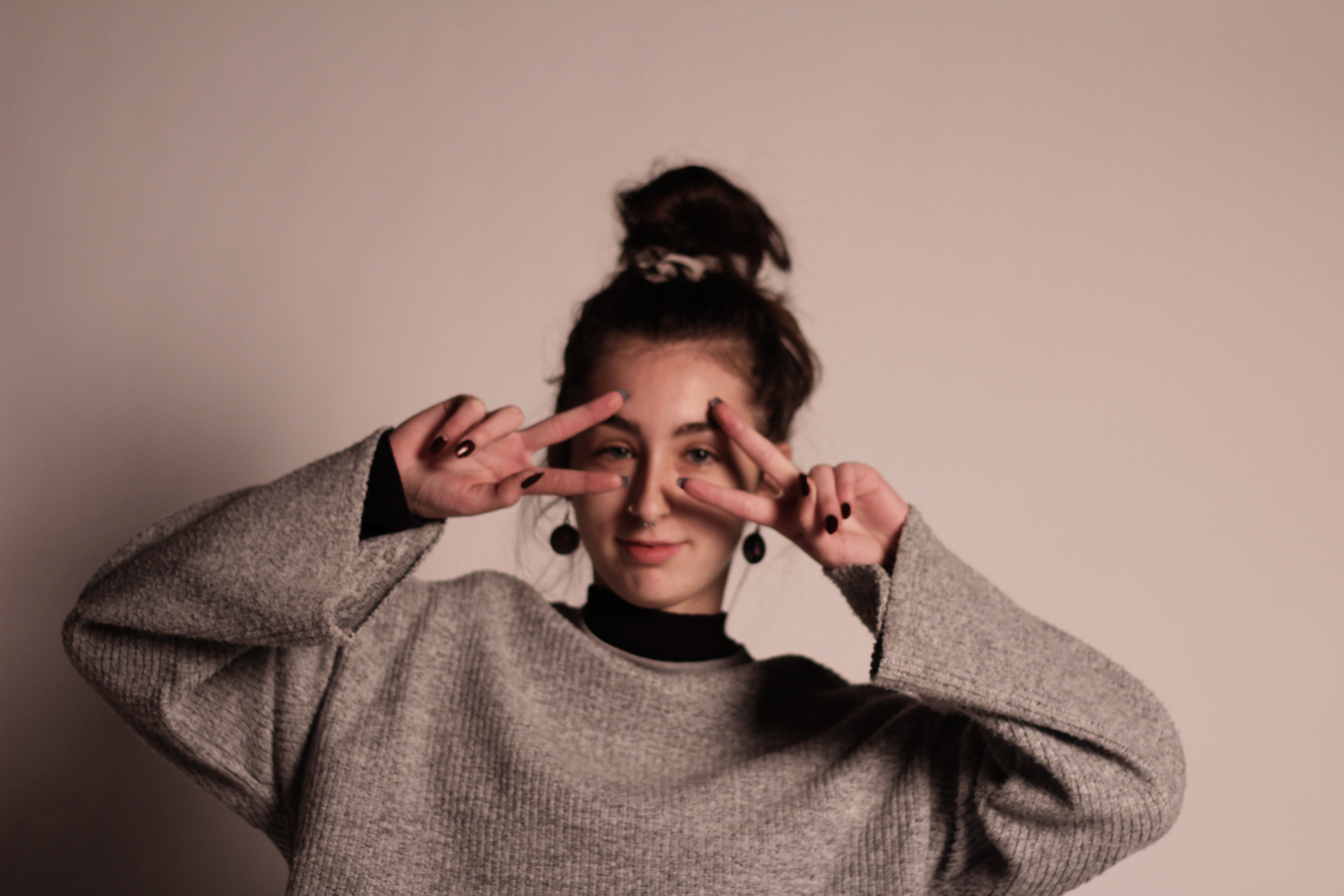
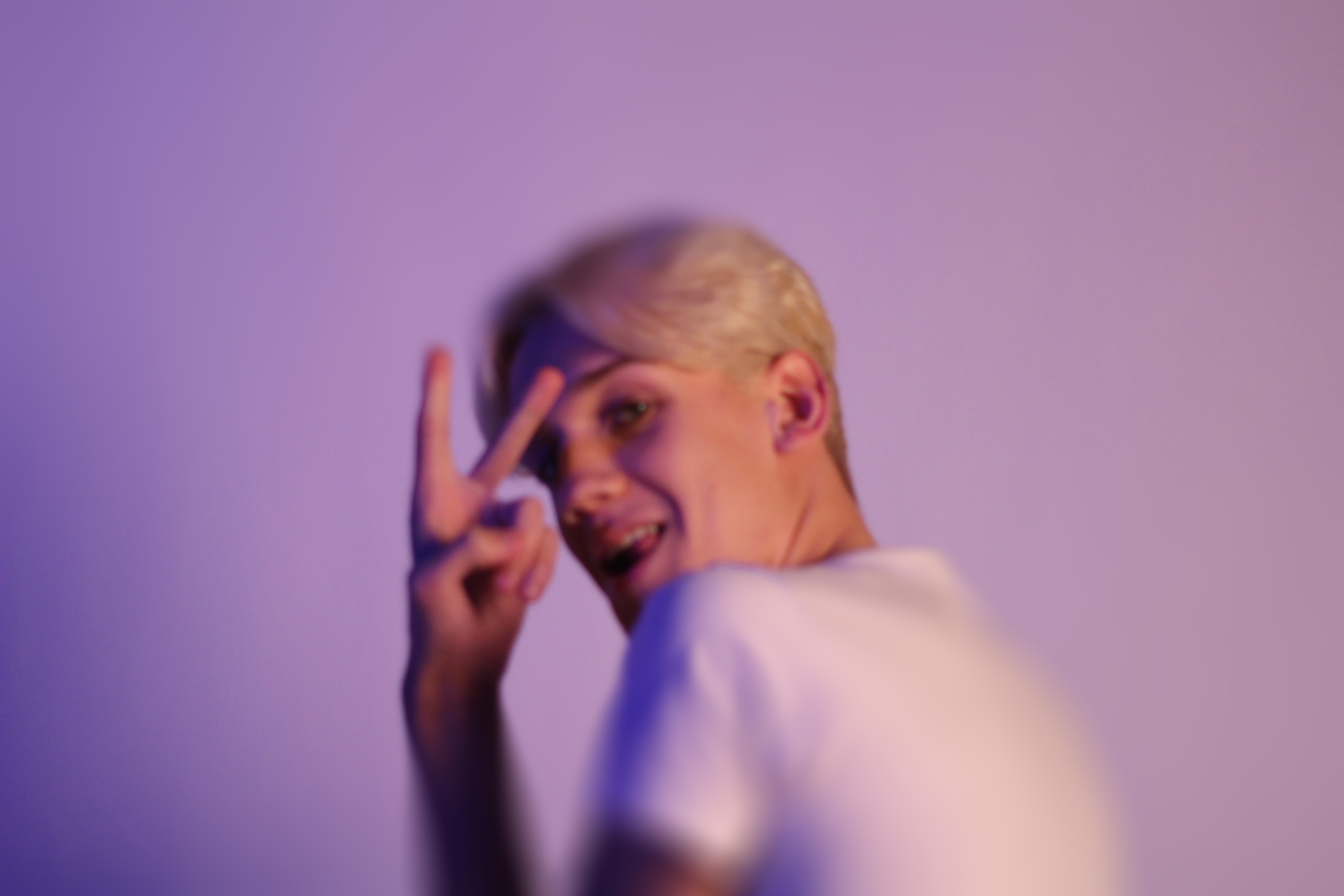
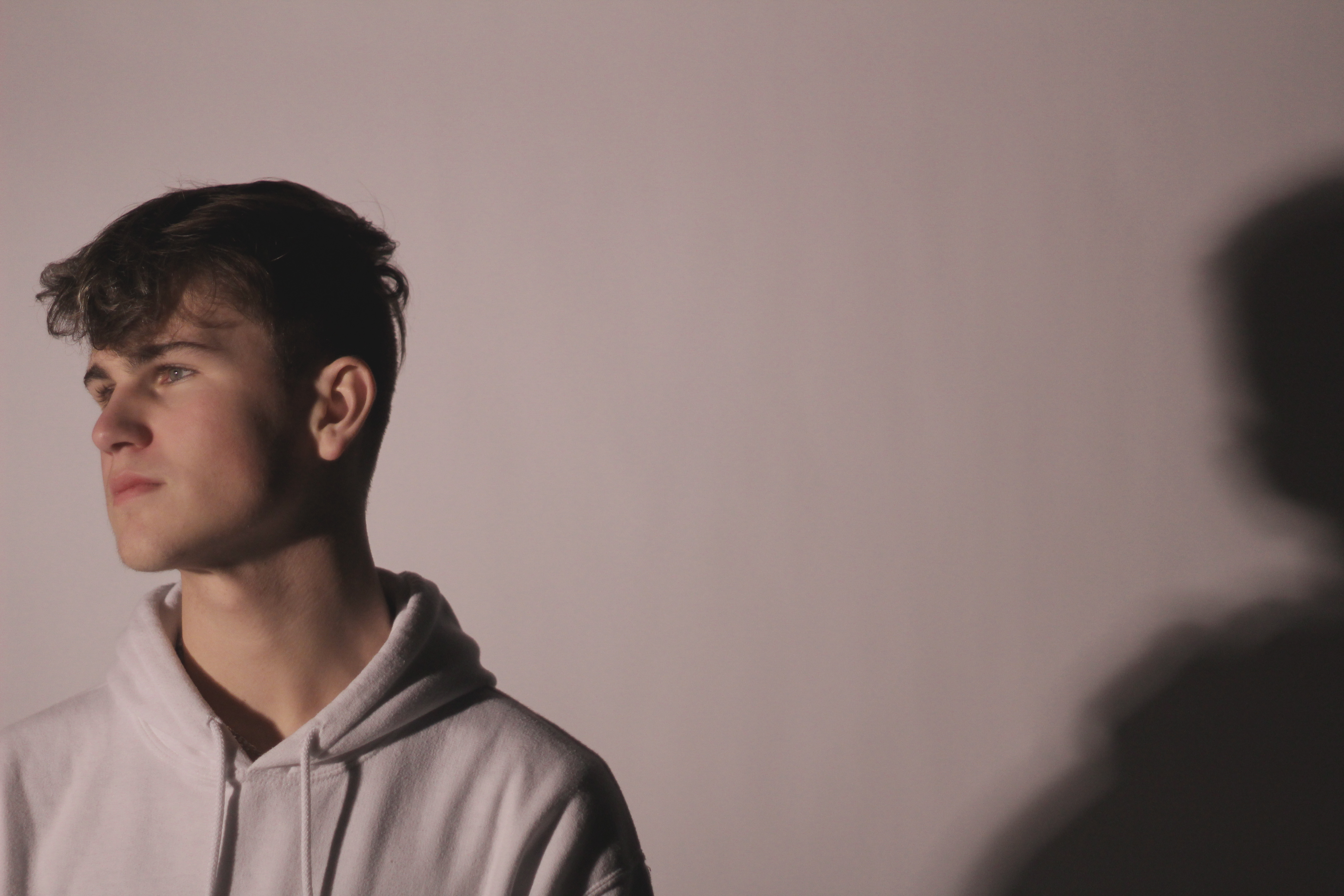







Is a British portrait and fashion photographer he is also the founder of ‘Dazed and Confused’ magazine and for his photography. He has work with many famous people, including models, Heidi Klum and Kate Moss, celebrities such as David Bowie and Madonna and is known for his portrait of Elizabeth II. His work has appeared in magazines such as GQ, Vogue and Marie Claire. In 2011 Rankin started the biannual fashion, culture and lifestyle magazine, hunger and launched Rankin Film to produce and direct his own commercial and editorial film work. Rankin was destined for life of an accountant until he discovered his interests lay somewhere else as he drop his accountancy studies and began studying photography instead. Rankin’s work has a distinct patterns of using white backgrounds, or single colour background, which helps to concentrate all focus on the person he is shooting. The blank background creates almost a blank canvas in with the person is the paint, the more expressions and feeling in the persons face the more detailed the canvas becomes. He is very much a studio photographer and works with artificial light and flash photography to capture the detail on peoples faces.

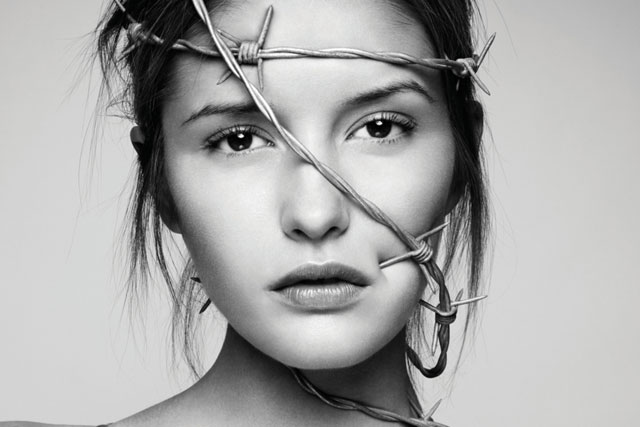

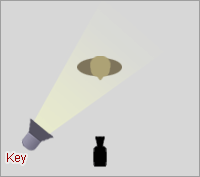
This is the main light. It is usually the strongest and has the most influence on the look of the scene. It is placed to one side of the camera/subject so that this side is well lit and the other side has some shadow.
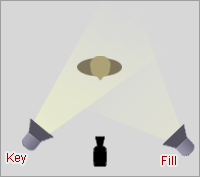
This is the secondary light and is placed on the opposite side of the key light. It is used to fill the shadows created by the key. The fill will usually be softer and less bright than the key. To achieve this, you could move the light further away or use some spun. You might also want to set the fill light to more of a flood than the key.
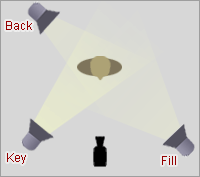
The back light is placed behind the subject and lights it from the rear. Rather than providing direct lighting (like the key and fill), its purpose is to provide definition and subtle highlights around the subject’s outlines. This helps separate the subject from the background and provide a three-dimensional look.

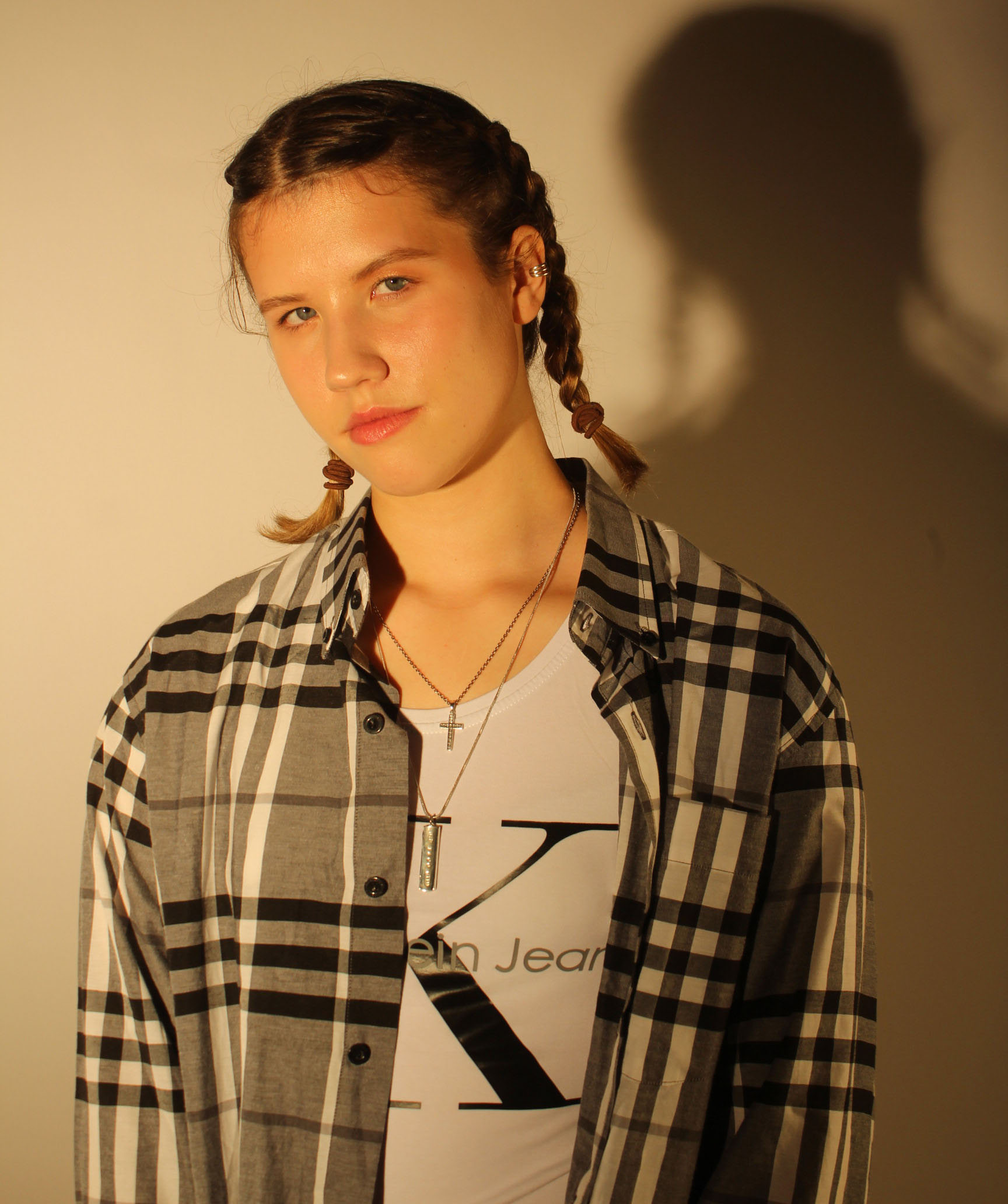


What is street Photography?
Street photography, also sometimes called candid photography, is photography conducted for art or inquiry that features unmediated chance encounters and random incidents within public places. The images captured when taking photos in the street are immediate and happen often quite quickly no member of the public stands there and stages this out therefore all images happen by fate.
For me there are a few ways of interpreting the way someone takes photos under the theme of ‘Street Photography’ In these examples some of the images were taken a long time ago. For street photographers they have seen,through images,changes in clothes, appearance and just the way individuals have interacted with one another for the past hundred years or so.
There are many artists that are linked to street photography here are just some examples:
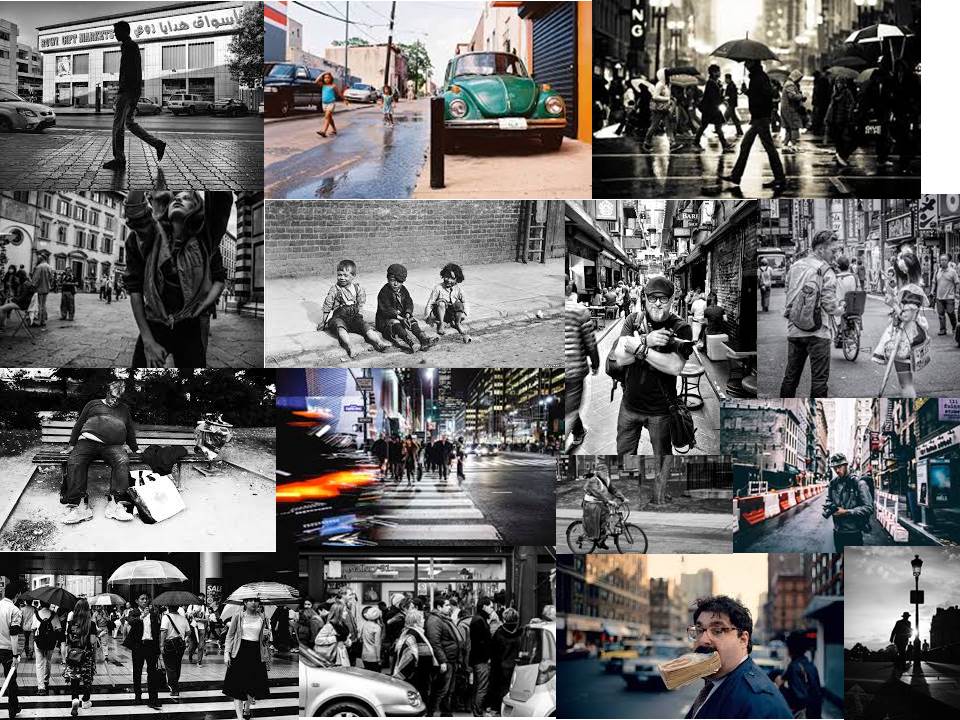
These are some quotes that photographers have said or wrote whilst out and about photographing the streets and whats inside it.
“Photographers mistake the emotion they feel while taking the photo as a judgment that the photograph is good.” – Garry Winogrand
“I love the people I photograph. I men they’re my friends. I’ve never met most of them or I don’t know them at all, yet through my images I live with them”- Bruce Gilden
“Don’t wait. the time will never just be right” – Napoleon Hill
Below is a video on some more examples of street photography :
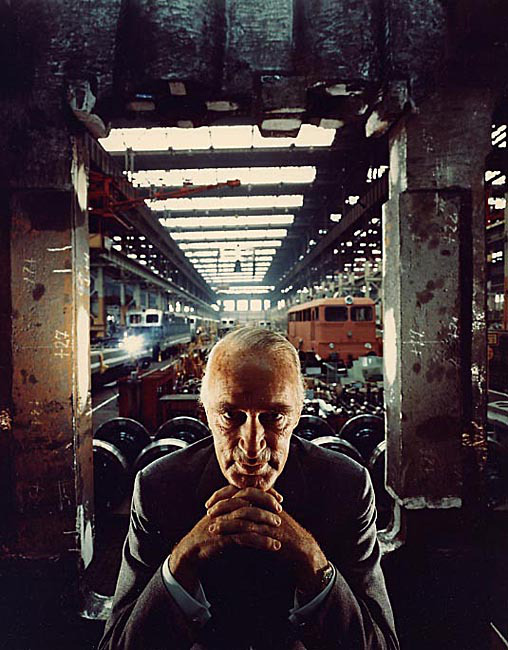
The context behind this image is Arnold Newman essentially was asked to photograph Alfred Krupp (by himself). However when Alfred found out that Newman was Jewish he no longer wanted to be photographed him. Newman insisted of Krupp looking at his portfolio before making any final decisions. Finally Krupp just agreed and the photo was taken and published in 1963. This image was taken in front of whats believed to have been a train factory which was used to deport Jews off to concentration camps. Krupp allegedly used slave labor to make weapons and help the Nazis with the extermination of Jews. However it is believed that Krupp ended up in jail because of his un-thought actions.
Having first looked at this image without knowing any of the background knowledge i wasn’t too keen on it. I didn’t like it because there’s quite a lot of elements going on in the photo in terms of objects wise. additionally the photo being under exposed also makes me not like as there’s quite a lot of dark and tones you wouldn’t normally see if the image was a happy image. Looking closely at the mans face he looks like hes scheming something it looks sinister. Having further investigated the image i can now see that Alfred was actually trying to make himself look evil and that make out to be quite powerful.
The color of the image is quite rusty and dark, by using this effect on the picture it allows the focus to be directly in the middle of the mans face.
Arnold Newman –
Recognized for his incredible ability to capture the spirit and personality of his subjects, Newman is credited for his work in environmental portraiture and having countless world leaders pass before his lens. Born on March 3, 1918 in New York, Newman began studying painting after moving to Miami with his family.
Newman’s career quickly escalated as he explored the idea of photographing his subjects in their own personal environments. He first began photographing artists, often with their own work, and quickly moved on to photographing some of the world’s most prominent figures. With careful composition and dynamic design, his environmental portraiture managed to evoke a sense of the person’s inner spirit. Newman explained, “I am interested in what motivates individuals, what they do with their lives, their personalities, and how I perceive and interpret them.”
Portrait photography or portraiture in photography is a photograph of a person or group of people that captures the personality of the subject by using effective lighting, backdrops, and poses. A portrait picture might be artistic, or it might be clinical, as part of a medical study.
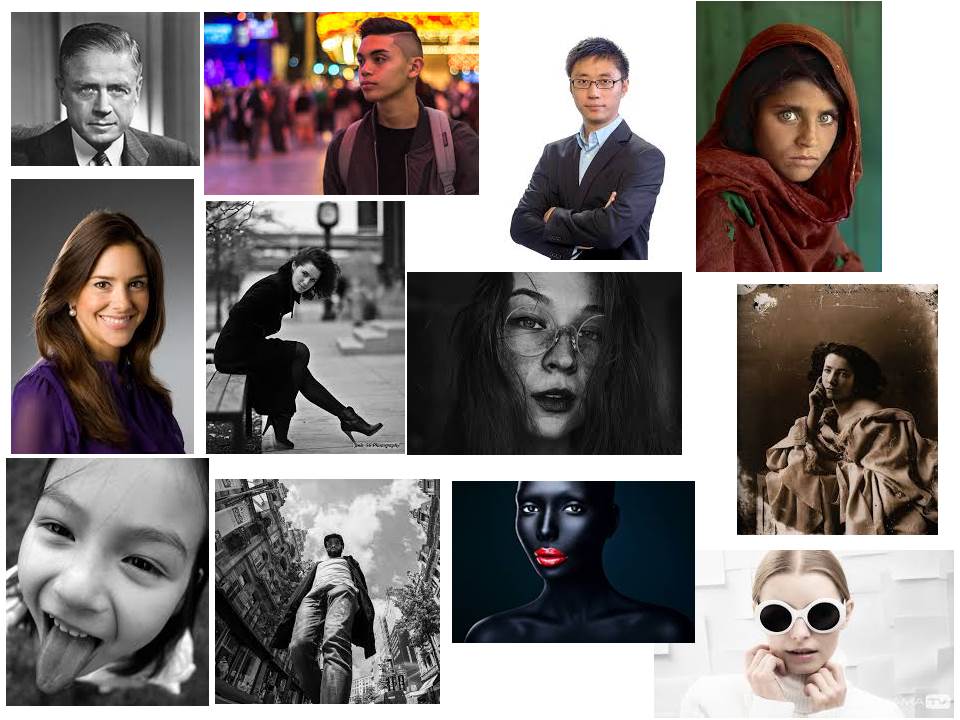
Every one of these images:
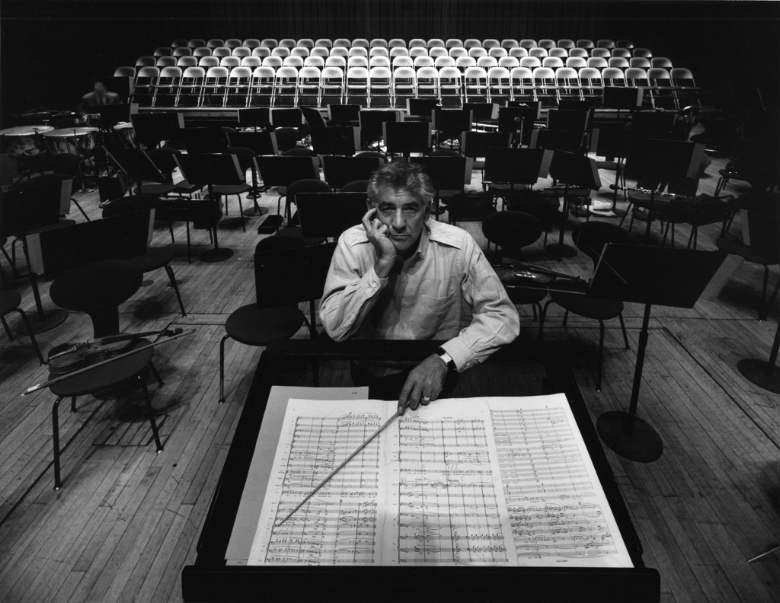
This is an example of an environmental portrait.
The lighting and exposure of the images is quite low however it highlights the focus on to the man who is wearing white. As shown in the image the man is engaging with the camera, unlike street photography where the person being photographed usually isn’t aware environmental portraits is the opposite and encourages the person to be looking at the image.
Arnold Newman began taking images that were based around on who the person actually is. For this man it looks like his background is something along the lines of being a musician so therefore he’s trying to capture part of his identity. This captures the idea of environmental as its trying to portray the idea that this what they do day to day.
Henri Cartier-Bresson was a French humanist photographer considered a master of candid photography, and an early user of 35 mm film. He pioneered the genre of street photography, and viewed photography as capturing a decisive moment.
Henri Cartier-Bresson was born in Chanteloup-en-Brie, Seine-et-Marne, France, the oldest of five children. His father was a wealthy textile manufacturer, whose Cartier-Bresson thread was a staple of French sewing kits. His mother’s family were cotton merchants and landowners from Normandy, where Henri spent part of his childhood. The Cartier-Bresson family lived in a bourgeois neighborhood in Paris, Rue de Lisbonne, near Place de l’Europe and Parc Monceau. His parents supported him financially so Henri could pursue photography more freely than his contemporaries. Henri also sketched.
Cartier-Bresson recuperated in Marseille in late 1931 and deepened his relationship with the Surrealists. He became inspired by a 1930 photograph by Hungarian photojournalist Martin Munkacsi showing three young African boys, caught in near-silhouette, running into the surf of Lake Tanganyika. Titled Three Boys at Lake Tanganyika, this captured the freedom, grace and spontaneity of their movement and their joy at being alive. That photograph inspired him to stop painting and to take up photography seriously. He explained, “I suddenly understood that a photograph could fix eternity in an instant.”
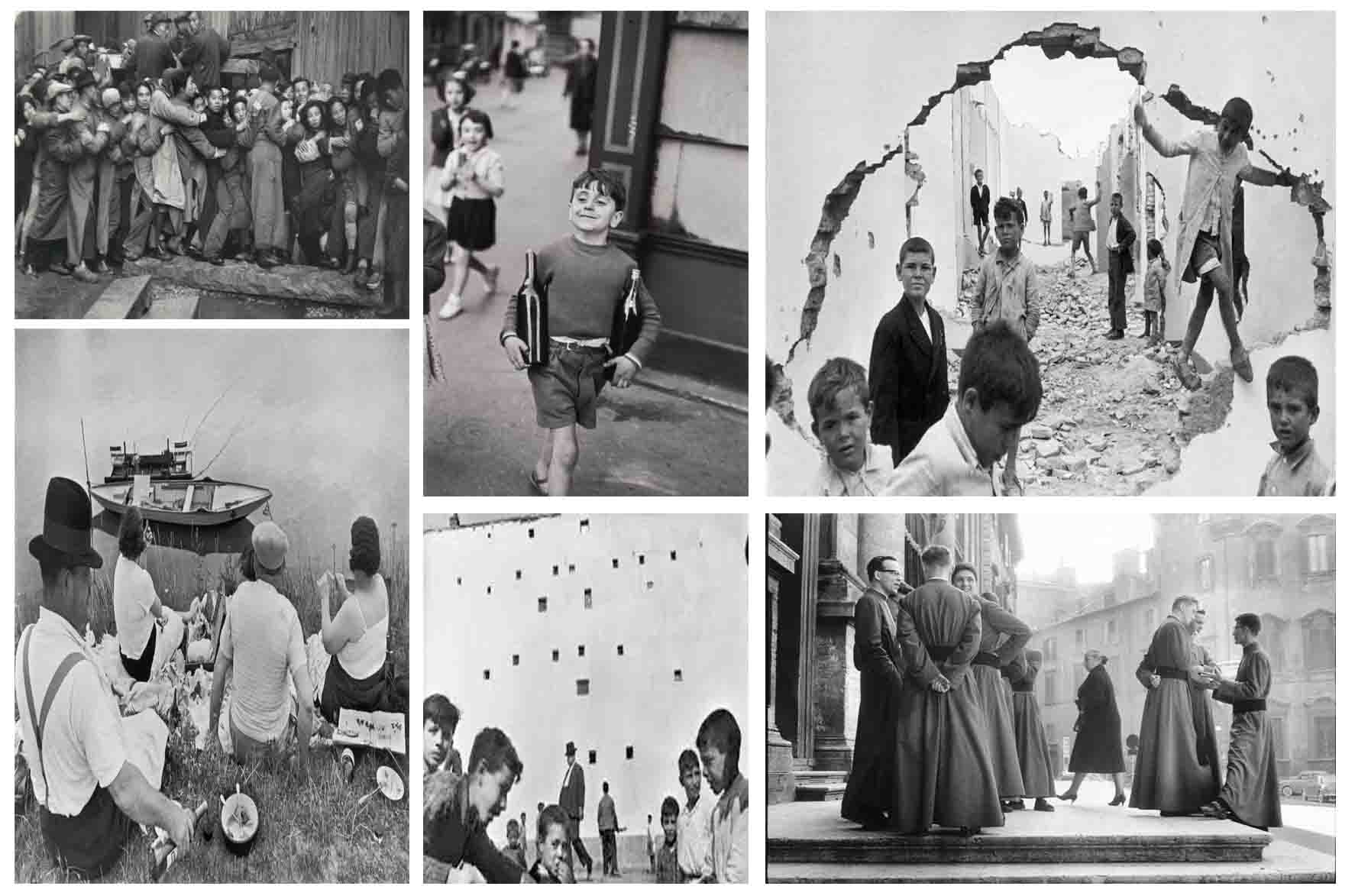

In this picture, you can clearly see the rubble of what were once houses, and the victims of the attack gathered around. It’s a grim sight to see, however while some of the children are staring at the camera glumly, other in the background seem to be ignoring what was around them and continuing on with their day, playing around and throwing things , seeming unaware of the photographer. The boarder draws our attention to the destroyed buildings in the background. Changing this photo into one without colour adds a strong emphasis to how grim this scene is. They’ve lost their homes and it seems like Bresson wanted to make their feelings obvious to the viewer.
Contact sheet
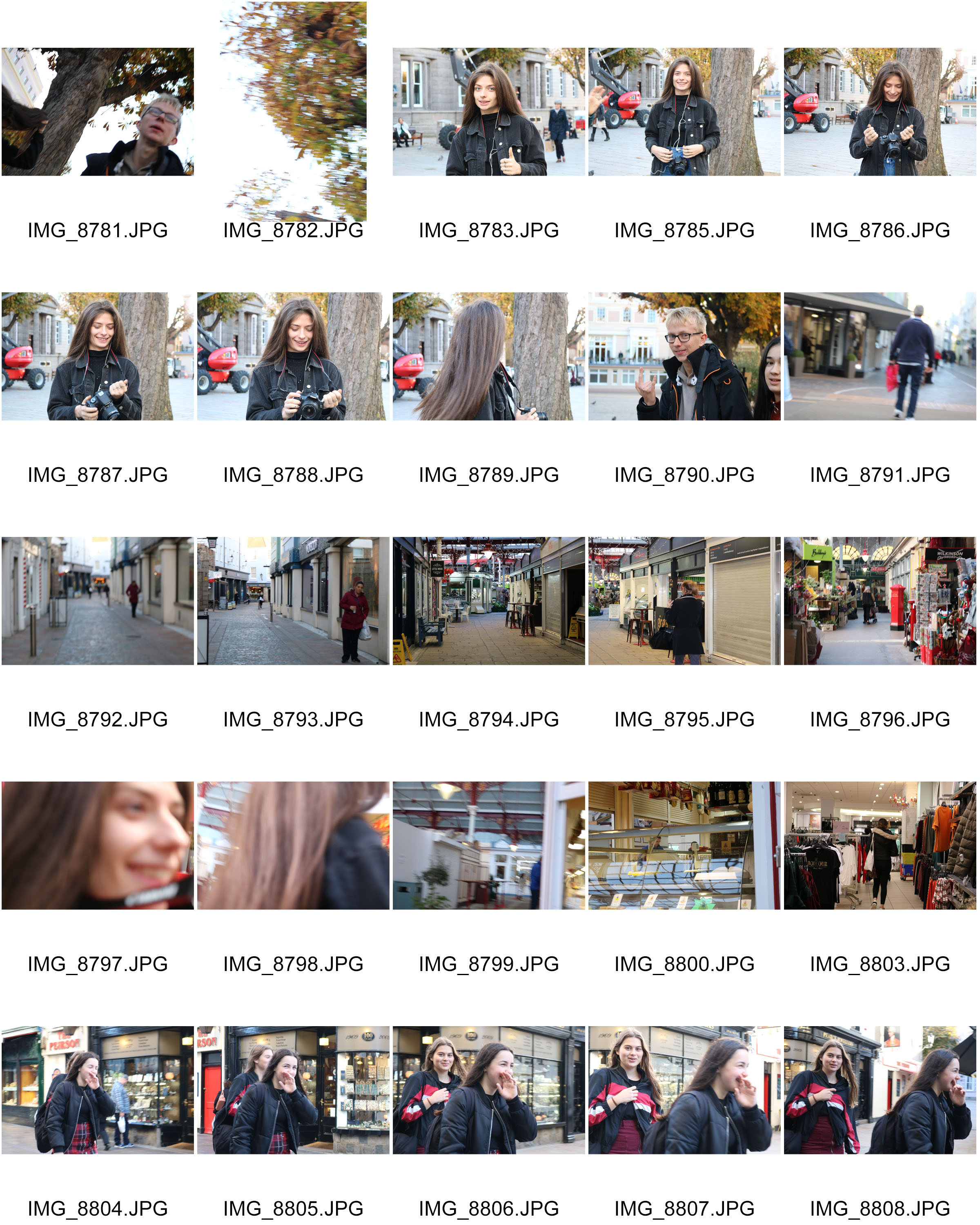
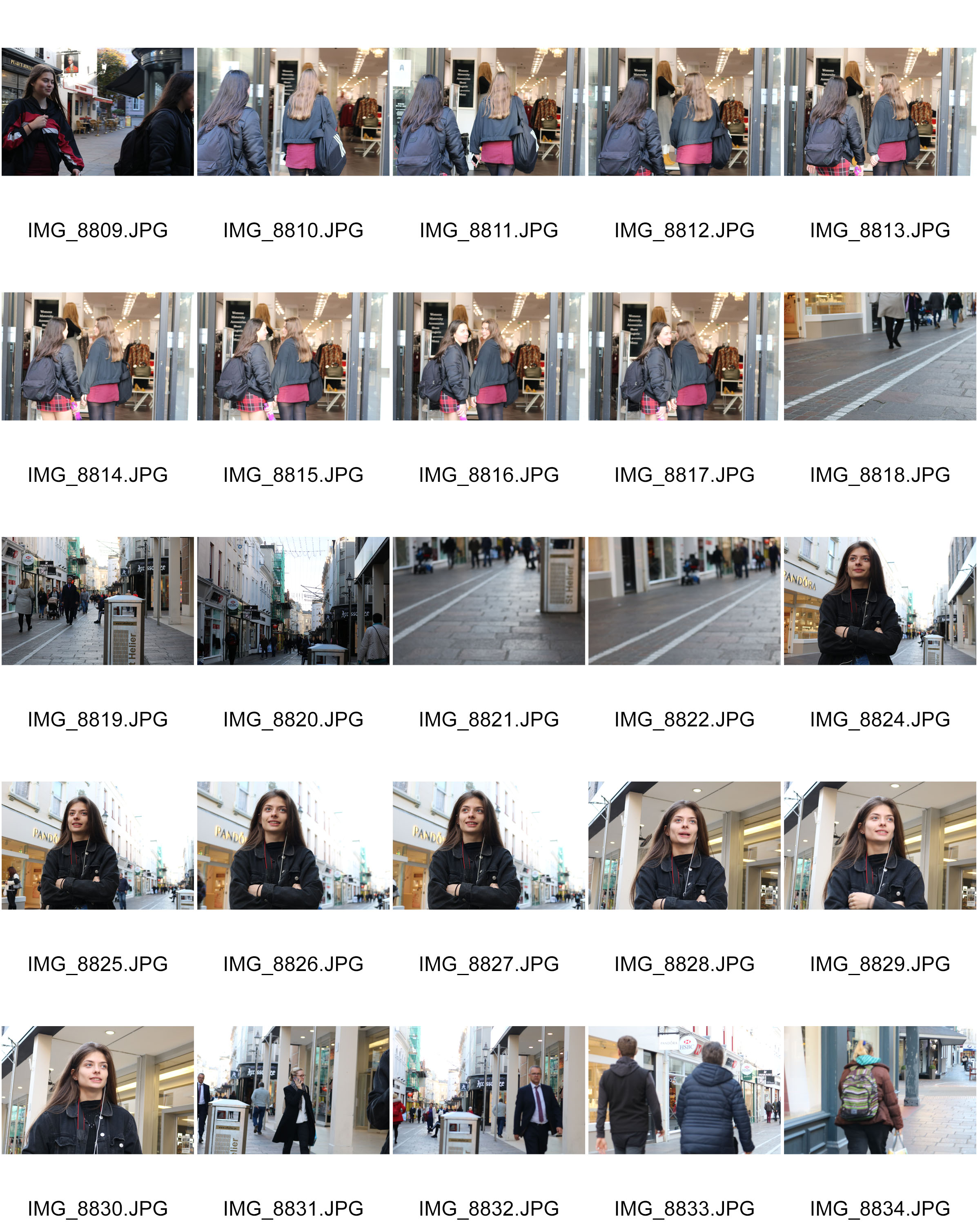


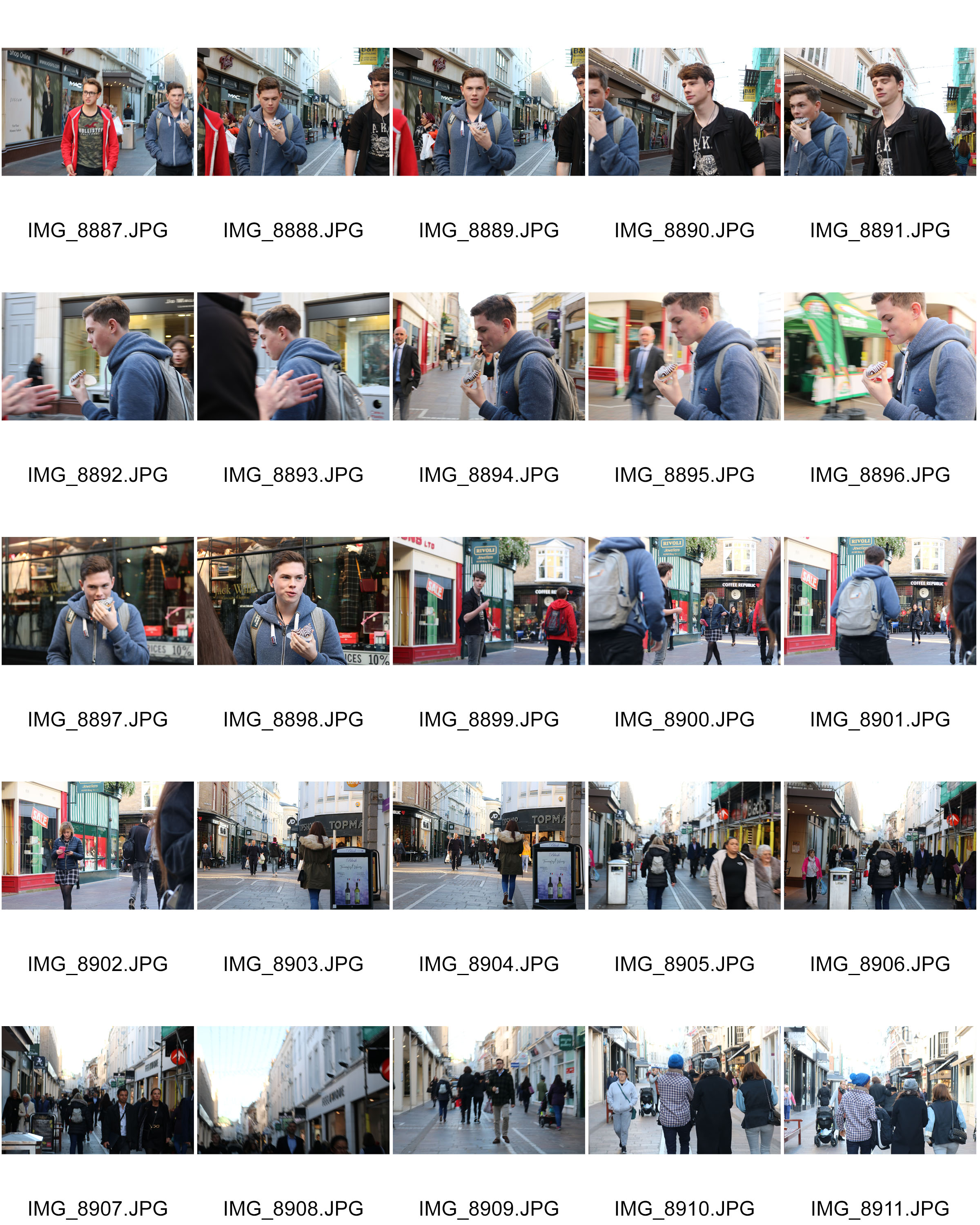
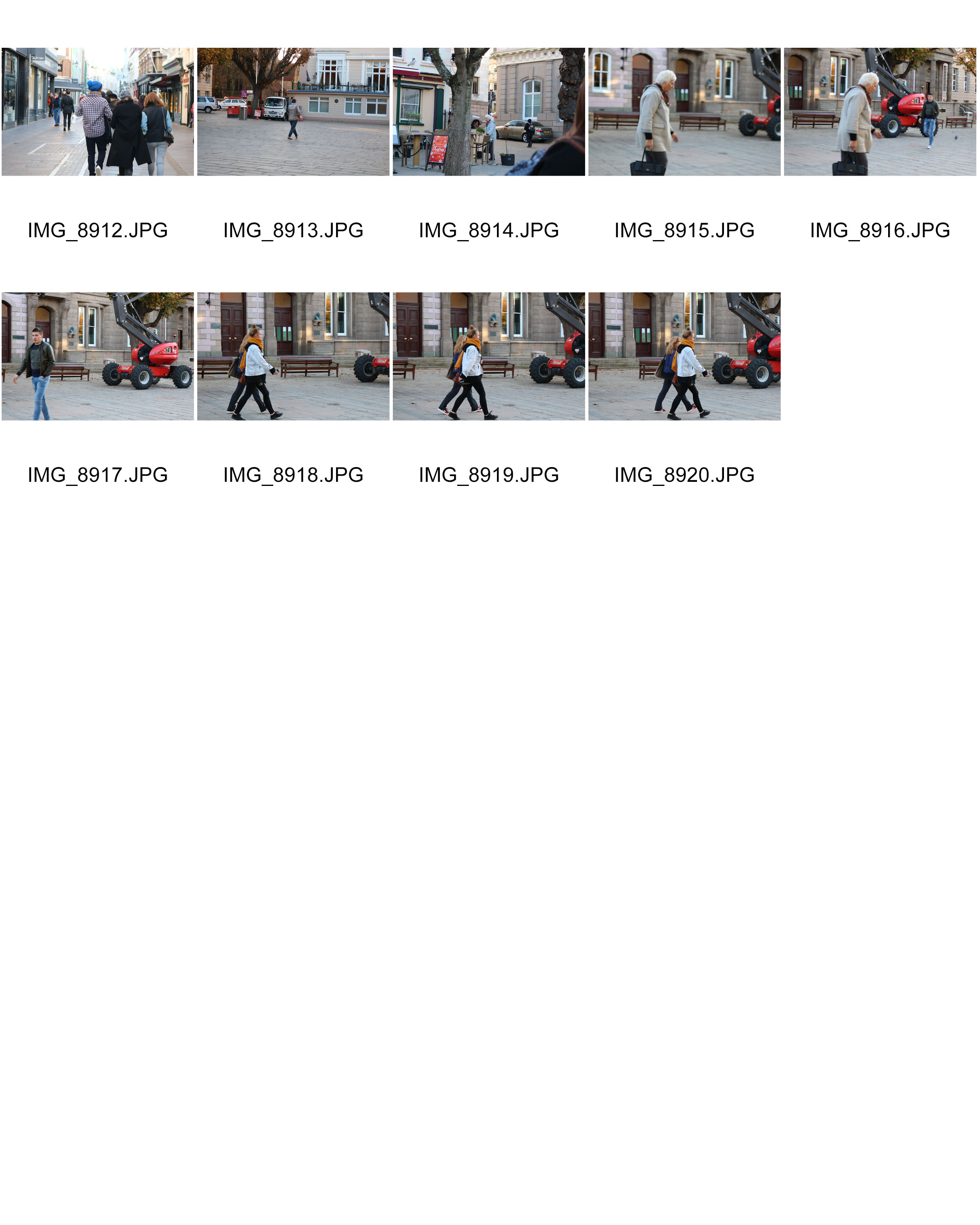
Best outcomes

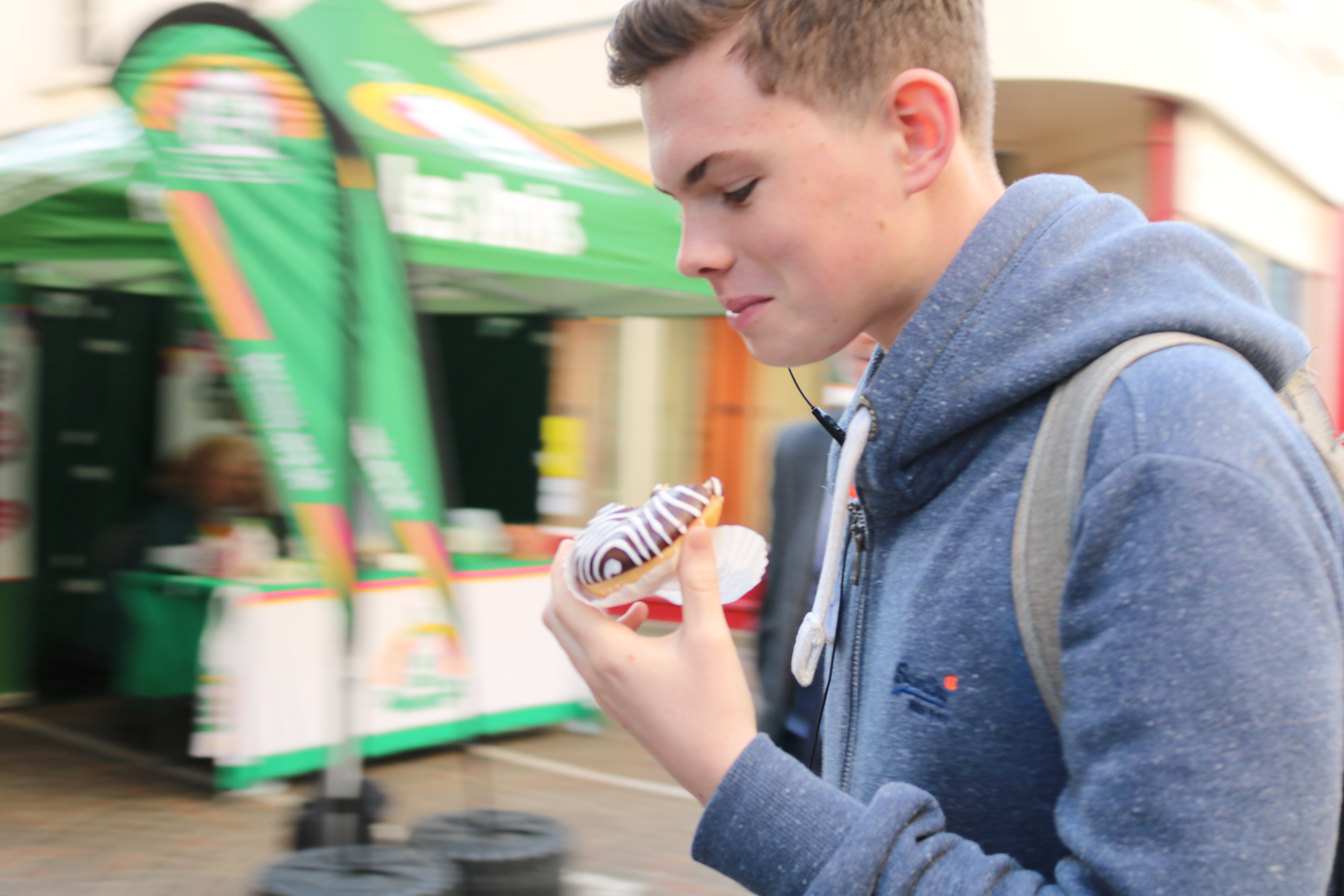
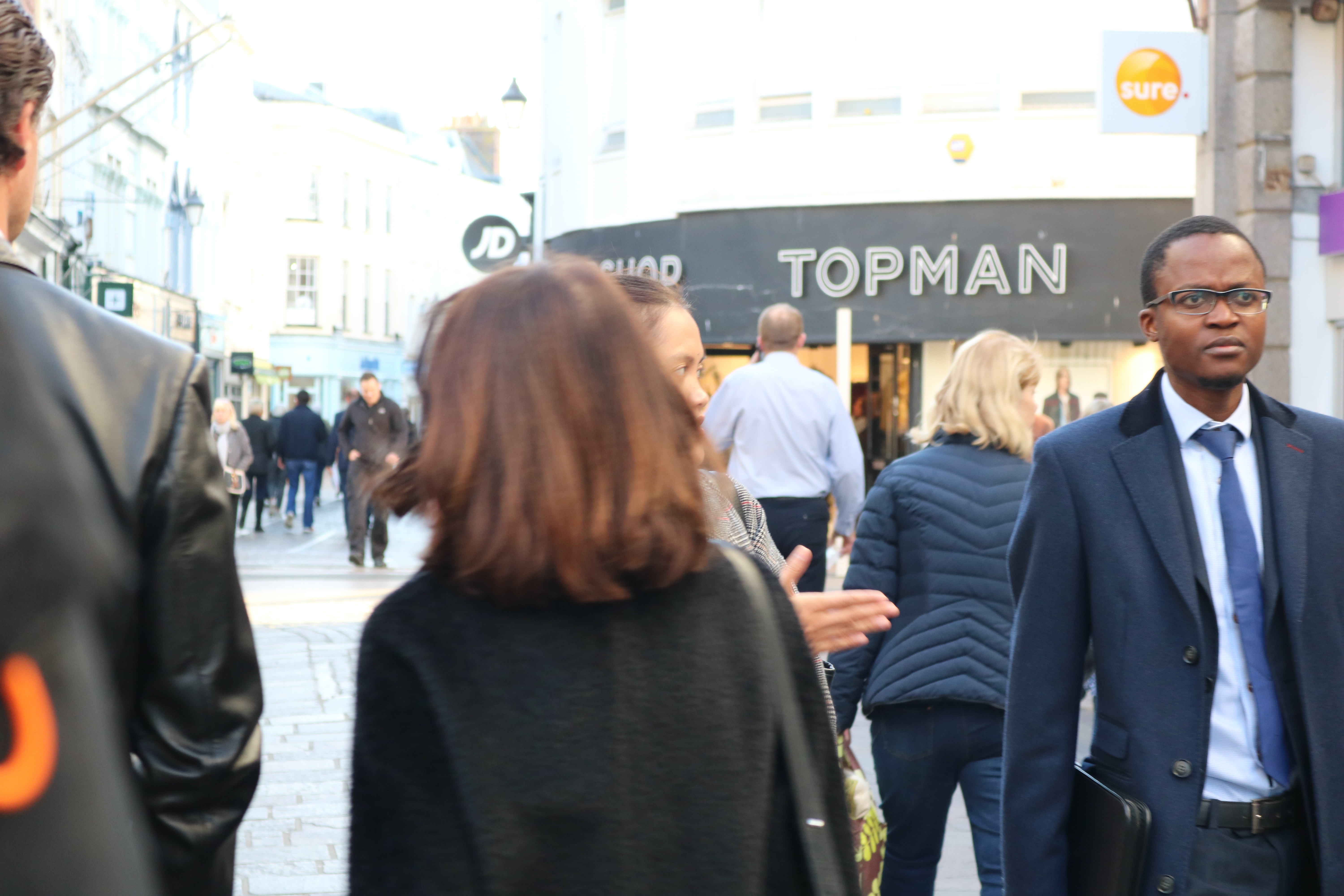
Editing

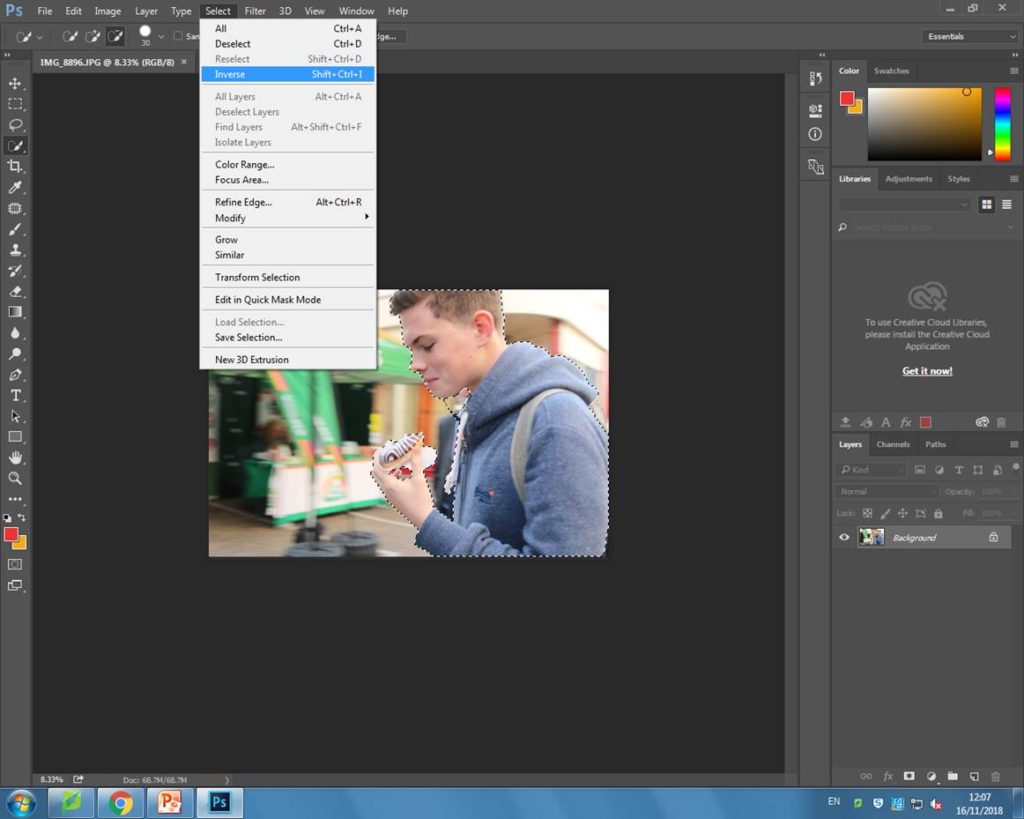

Firstly, I used the quick selection tool to select the person in the image. I then inversed it so that the entire area around his was selected instead. After, I turned the hue and saturation right down while also decreasing the brightness a tiny bit. Below is my final outcome:

The reason that I thought I would do this is because it would make the person stand out more against the plain background. I thought this would be a good idea because it would help to bring out people’s personalities and individuality out a lot more as that is what I personally thinks makes street photography interesting.
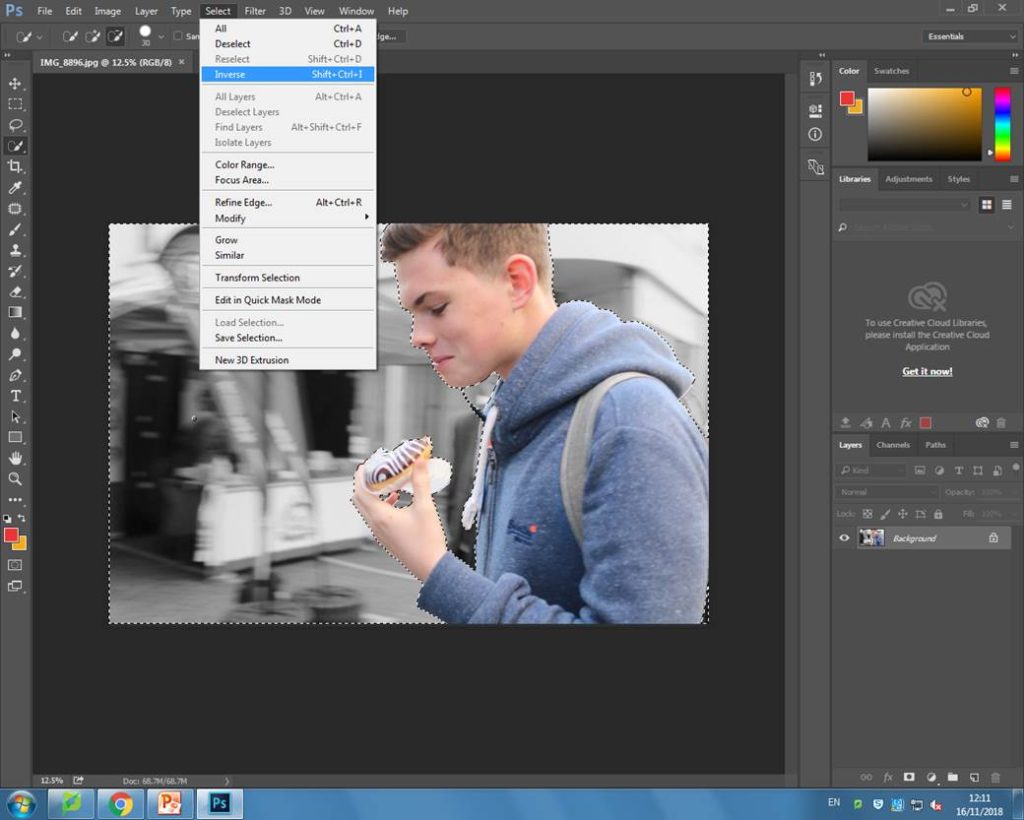
I also wanted to experiment with making the entire photo black and white also as I thought this could make my image look more like the ones Sander took. To do this i inversed the selection again, so that it was around the person and turned the hue and saturation right down. I kept the brightness at 0 so that the person would still slightly stand out, but not as much as before.
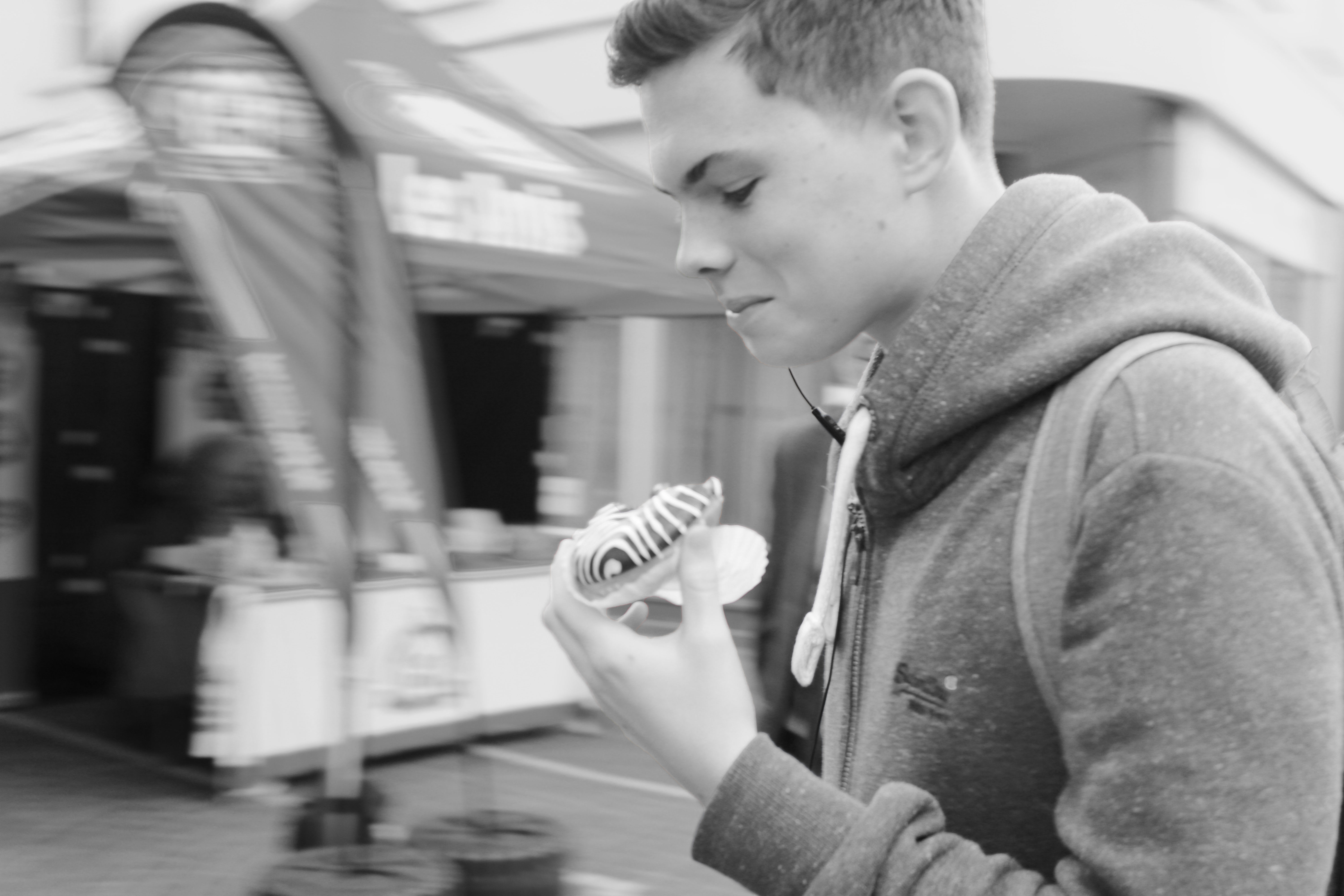
Editing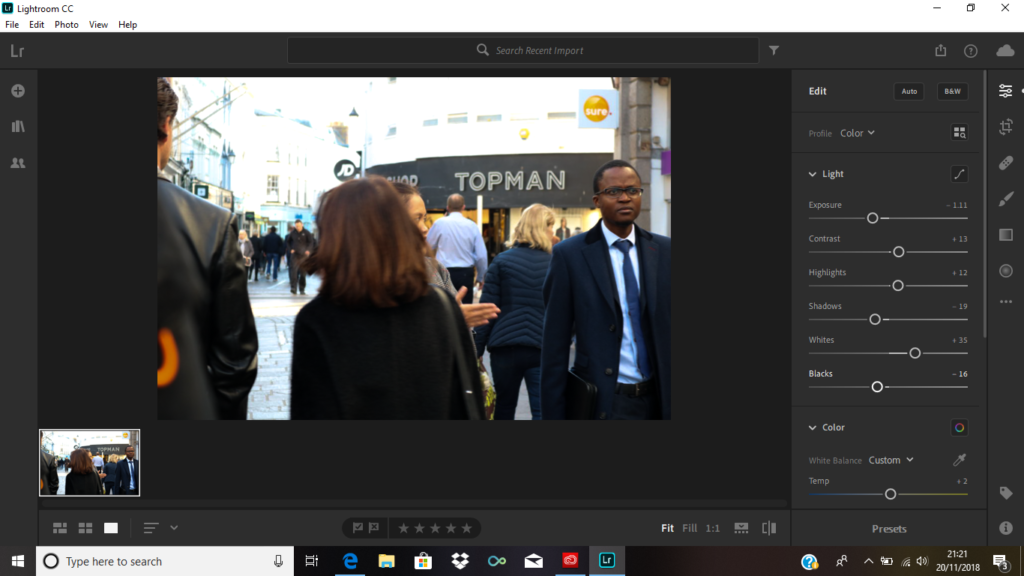 I edited this image using Lightroom. As the image was overexposed along the top, I lowered the exposure, shadows and black shades and increased increased the contrast, highlights and whites. This helped not make the people in the image too overexposed.
I edited this image using Lightroom. As the image was overexposed along the top, I lowered the exposure, shadows and black shades and increased increased the contrast, highlights and whites. This helped not make the people in the image too overexposed.
 Lastly, I cropped the image to get rid of the left part as I thought it was quite unnecessary since it was quite distracting. This way you’re able to notice the main subject of the image more.
Lastly, I cropped the image to get rid of the left part as I thought it was quite unnecessary since it was quite distracting. This way you’re able to notice the main subject of the image more.

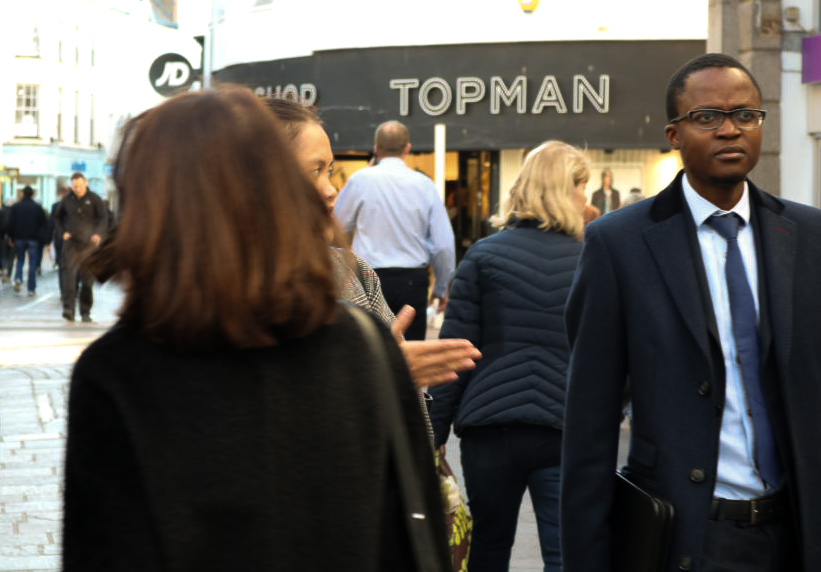
Rankin (who’s full name is John Rankin Waddell) is a British fashion photographer and director. He has done photo shoots with numerous celebrities and other influential figures; including Arnold Schwarzenegger, Queen Elizabeth II and the spice girls.
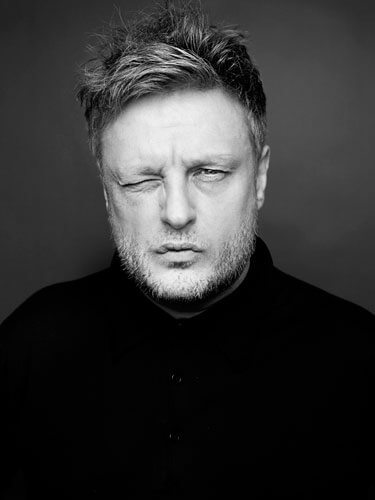
In his portrait photos he tries to bring out and exaggerate the emotions or personality of the person he is photographing, he also encourages and tries to boost the confidence of the person. These two factors combined result in the photos looking very natural and genuine, instead of giving the effect of forced emotions. The exaggerated emotions also make the images more appealing as they stick out from the majority of photos which aren’t as expressive.
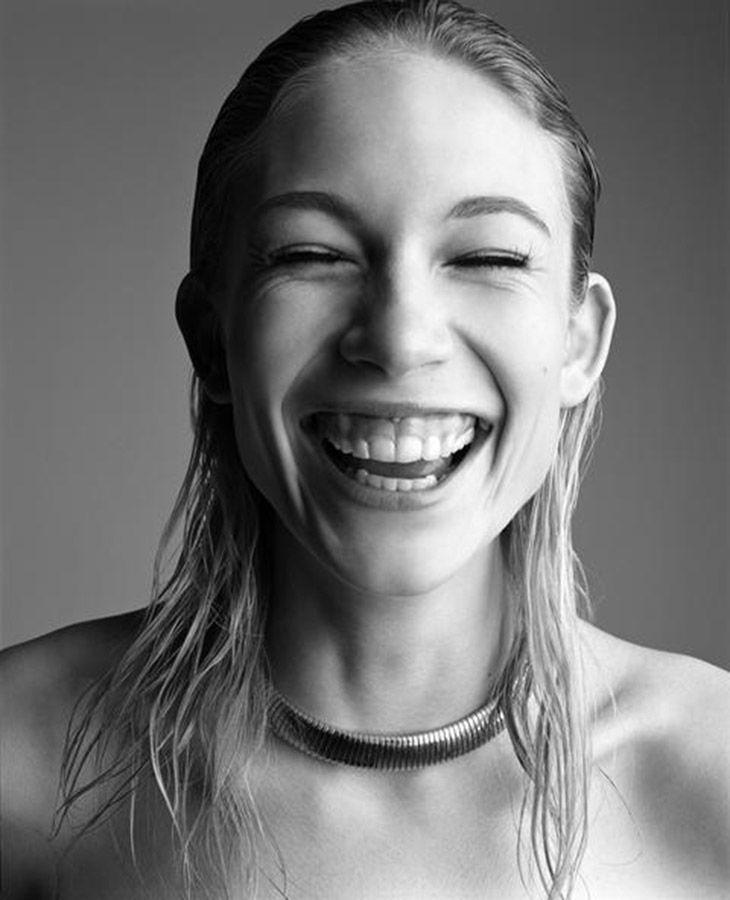
He is best known as the founder of the ‘Dazed and Confused’ magazine. His work has appeared in magazines such as GQ, Vogue and Marie Claire. In 2011 Rankin started the biannual fashion, culture and lifestyle magazine, Hunger and launched Rankin Film to produce and direct his own commercial and editorial film work.
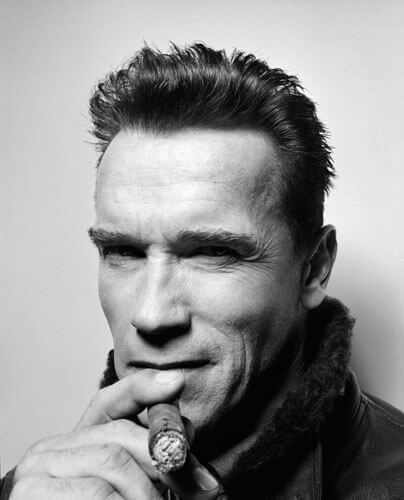
Types of lighting
There are many different types of lighting that create many different types of images and can cause different feelings towards an image. These include:
Flat light:
Flat light is very different from soft and hard light, flat lighting causes the minimum contrasts in an image/scene.This means there is pretty much no significant contrast between the highlights and shadows of that particular image.
Split light:
Split lighting is simply the use of one light angled at 90 degrees from the subject you are photographing and placed a bit higher that their eye level. Leaving one half of the face exposed to the light and other in shadow.
Back light:
Back lighting is basically the main light shining in from behind the subject, pretty much so that the back light is some what facing onward towards the camera.
Natural lighting:
Natural lighting is the most basic type of lighting and refers to mainly light produced from the sun. In other words ambient light (meaning the available light in an environment) can be considered as natural light as it is photographer’s lighting equipment. This usually indicates natural lighting from outside that lights up a room through a window. There are three different types of natural lighting they include:
Studio lighting:
Studio light is essential for most photographers and allows photographers to create natural lighting effects in a variety of situations that the photographer controls. This helps us change and alter things:
By using studio lighting it allows a large range of equipment to be used, for example, soft-boxes, umbrella lights, spot lights and floodlights.
Why use this particular lighting?
Studio lighting allows the photographer to have full control of the image being created, and can help us imitate almost all types of lighting with the right equipment.
Flash:
Flash units offer a range of possibilities in both low and high lighting scenarios:
What is the difference between 1-2-3 point lighting and what does each technique provide?
Point lightning 1:
Point lighting is the most common and can sometimes be accidental for example when taking a photos outside with the sun shinning- this is a prime example of one point light this can be proven to mainly natural images/light. However one point lighting could lead to a rather dramatic image being produced, with the light being focused on one section/area/or the whole subject.
Point lightning 2:
Although not as popular 2 point lighting can also be proved to be extremely beneficial as the lighting allows the main subject to stand out much more, creating a stronger 3D image as the two point lighting creates much stronger shadows leading to more dimensional angles throughout.
Point lightning 3:
The goal of three point lighting is to create the illusion of a three-dimensional subject in a two-dimensional image. whilst removing background shadow produced by the subject/ clashing lights. this is proven an extremely popular technique commonly used.
“Street photography, also sometimes called candid photography, is photography conducted for art or inquiry that features unmediated chance encounters and random incidents within public places. Although there is a difference between street and candid photography, it is usually subtle with most street photography being candid in nature and some candid photography being classifiable as street photography. Street photography does not necessitate the presence of a street or even the urban environment. Though people usually feature directly, street photography might be absent of people and can be of an object or environment where the image projects a decidedly human character in facsimile or aesthetic.” – Wikipedia
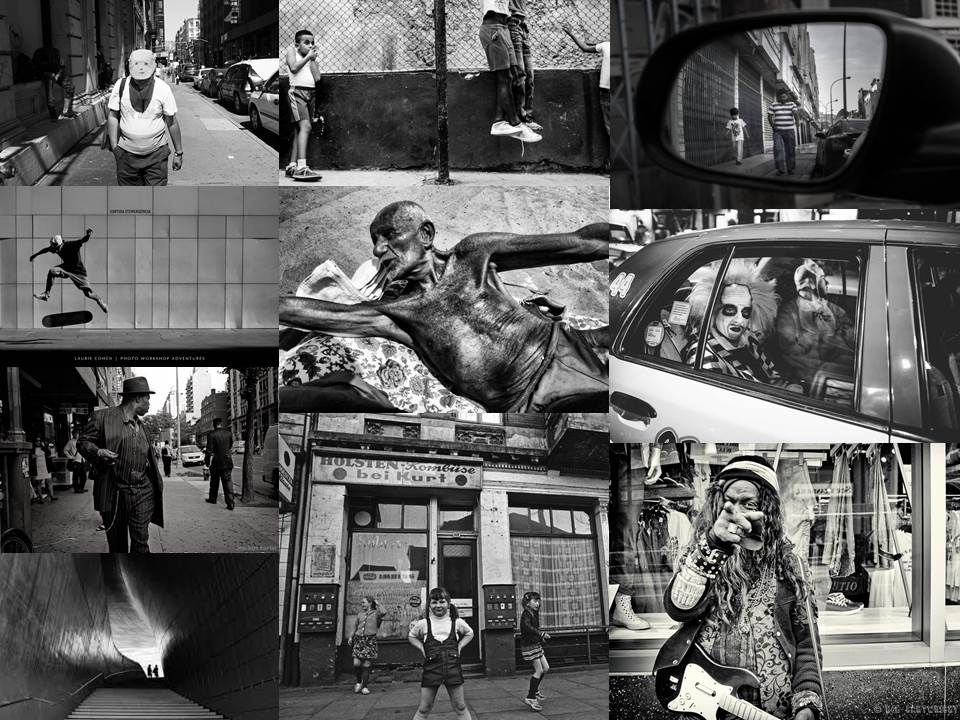

“Bill Owens was born in San Jose, CA September 25, 1938. Bill with his cameras is known as the foremost chronicler of Suburbia, made famous with the publication of his book by that name in 1972.
In 1983 after working several years as a photojournalist, publishing a series of books and producing two children Bill began his brewing career. He established Buffalo Bill’s, one of the nation’s first Brew Pubs which he operated until he sold it in 1994.
From 1993 to 1995 Bill published BEER the magazine. Moved by the spirits Bill went on to found The American Distilling Institute (ADI), the oldest and largest organization of small batch, independently owned distillers in the United States which he continues to lead and cultivate.
Astonishingly, all the while Bill has continued to make, exhibit and sell his photographs.” From http://www.billowens.com/about
Examples of his photos:
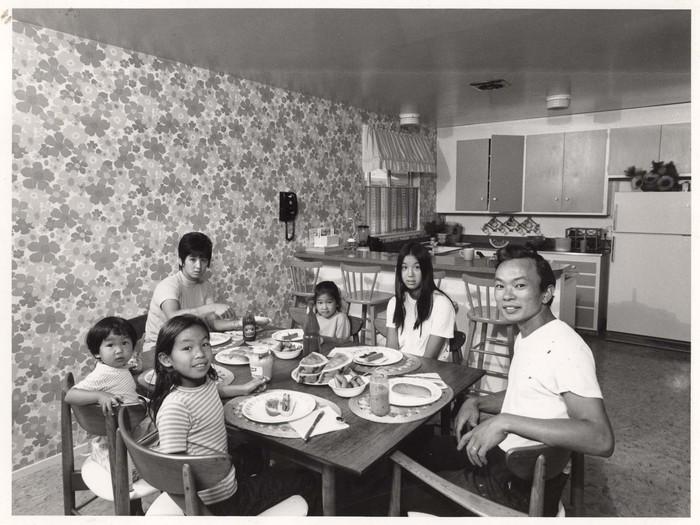
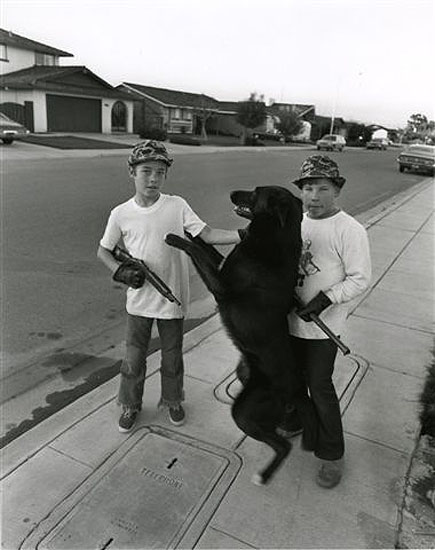


Red – No
Orange – Maybe
Green – Yes
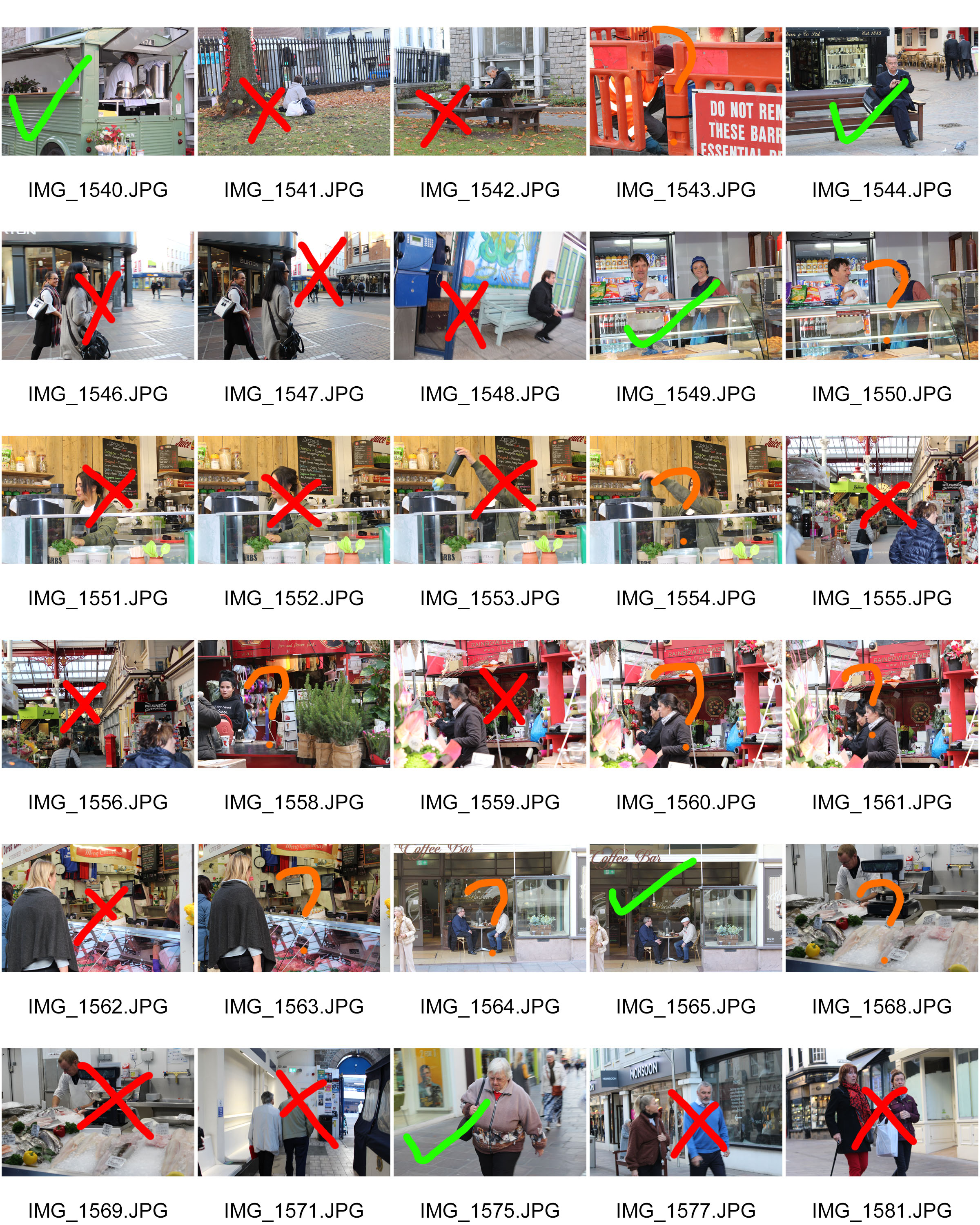







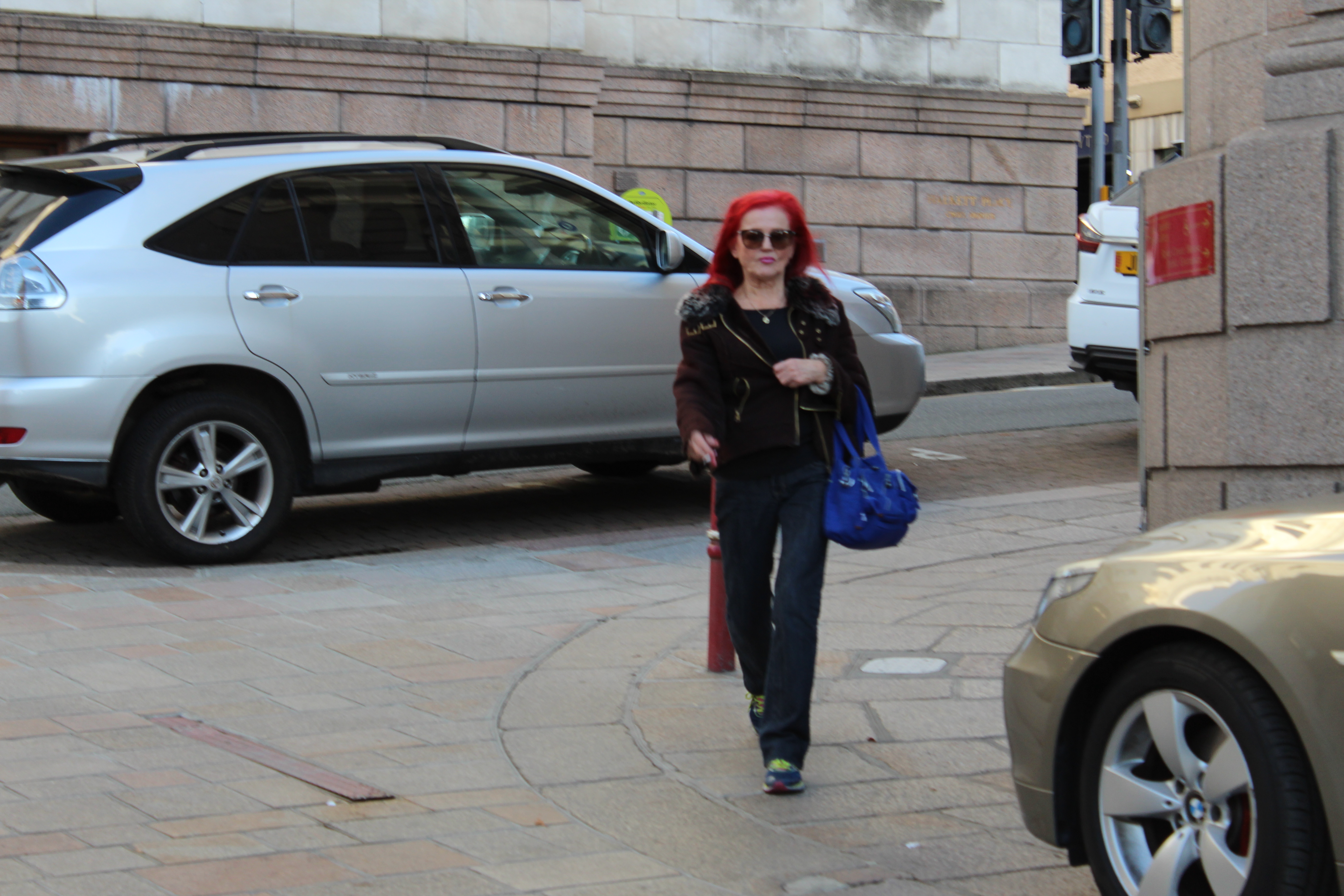

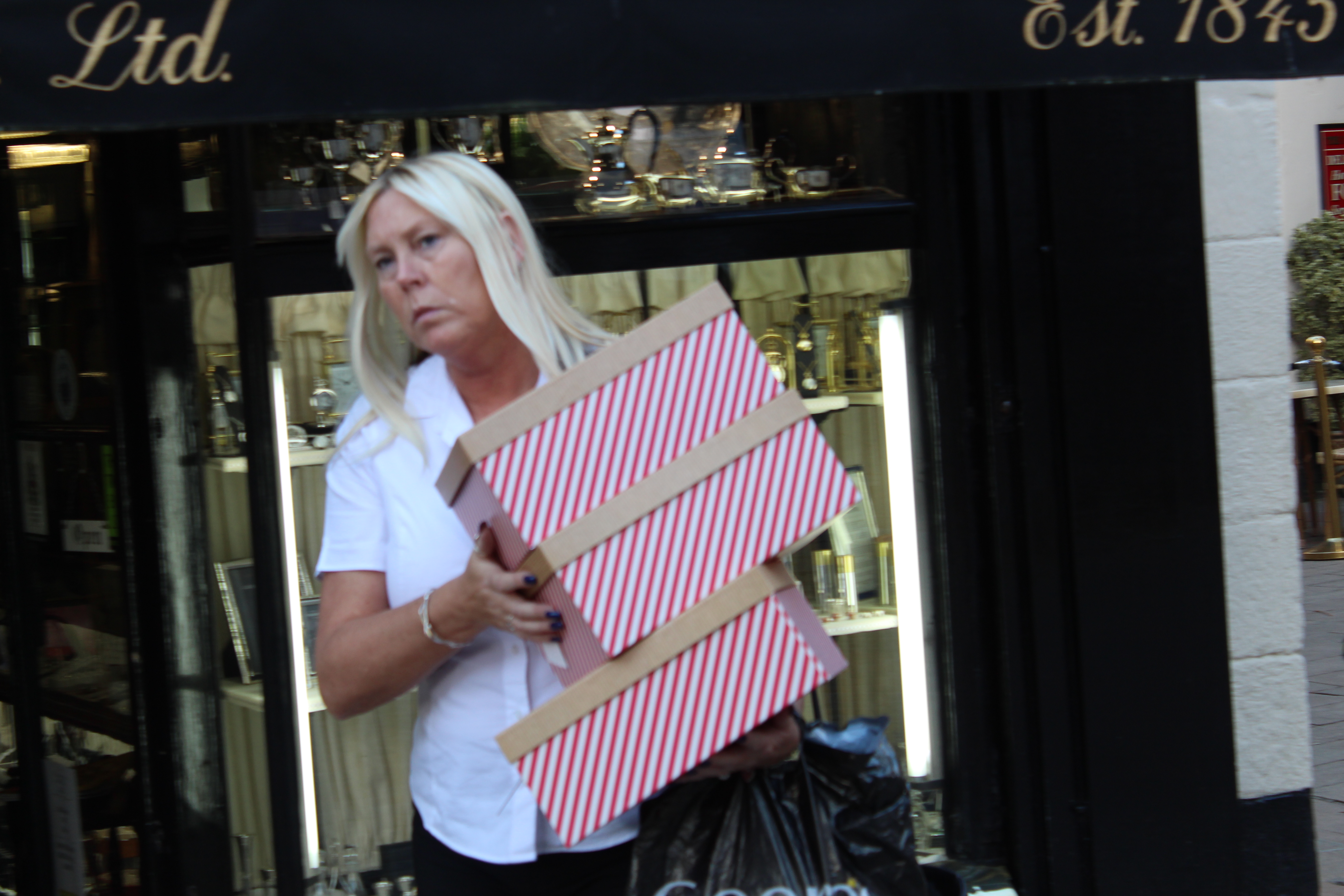


I really liked how these photos came out, but they definitely needed editing as I thought it was bring the photo more to life, and I would also be able to crop my photos to get a closer view of the person.
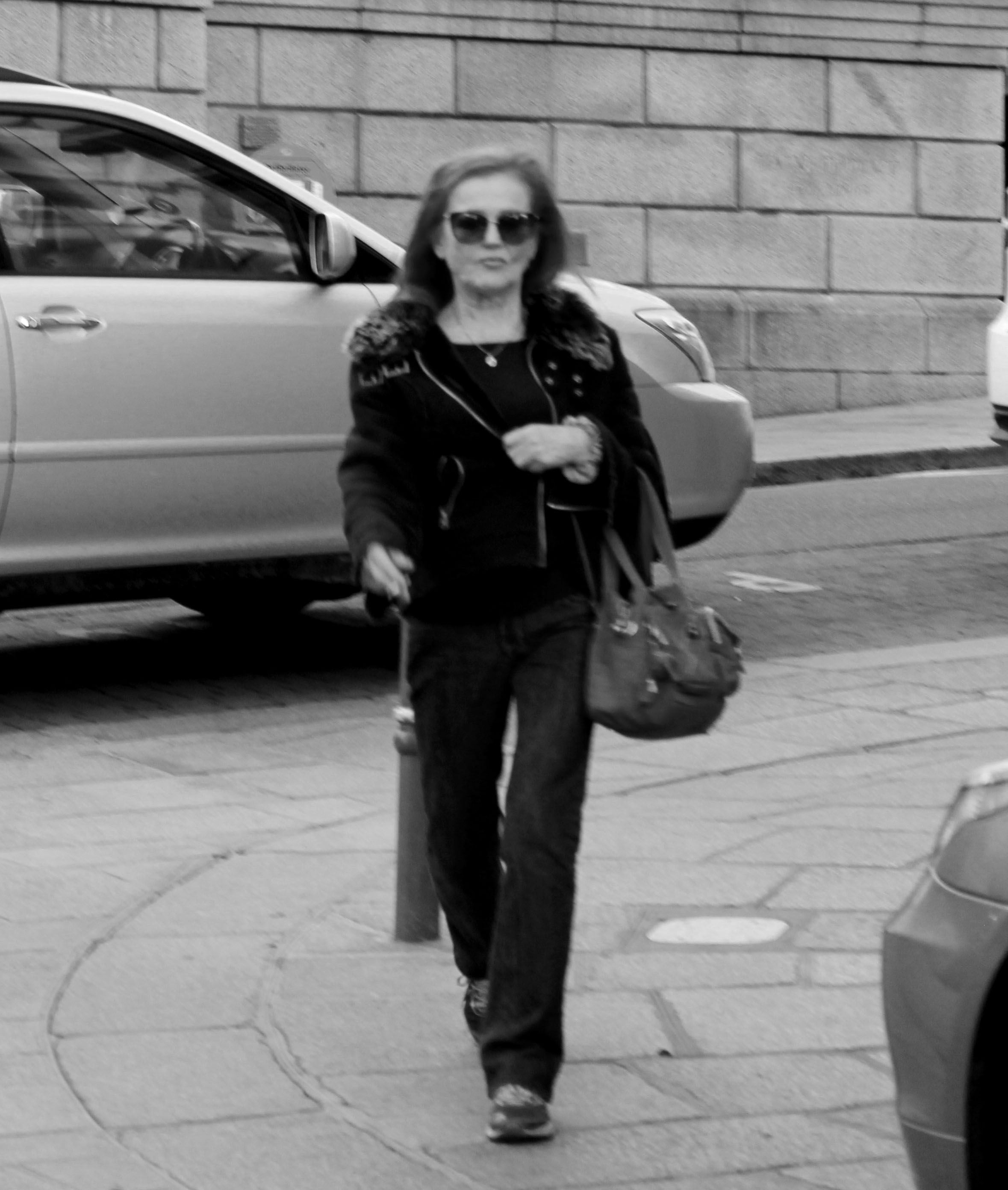
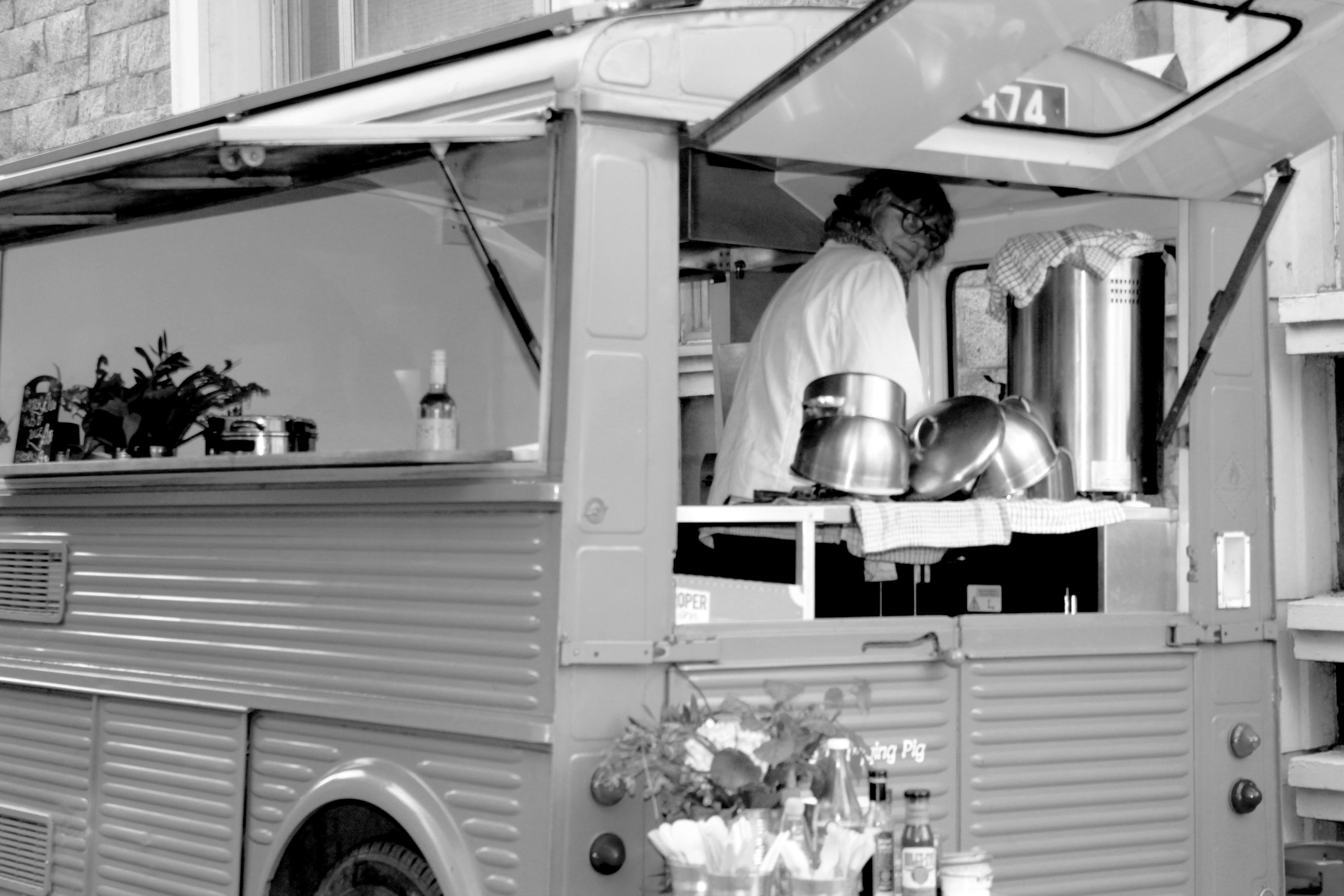
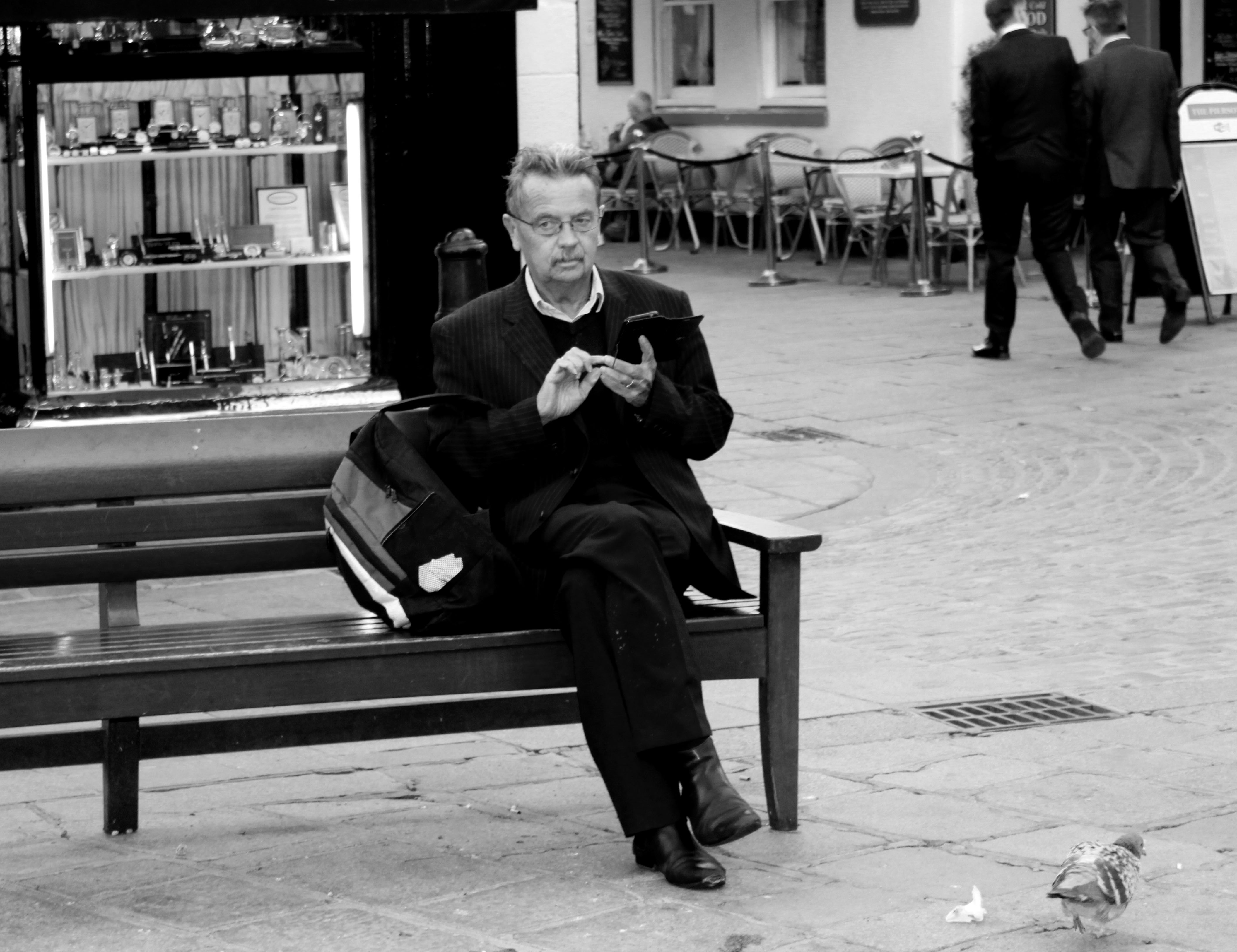
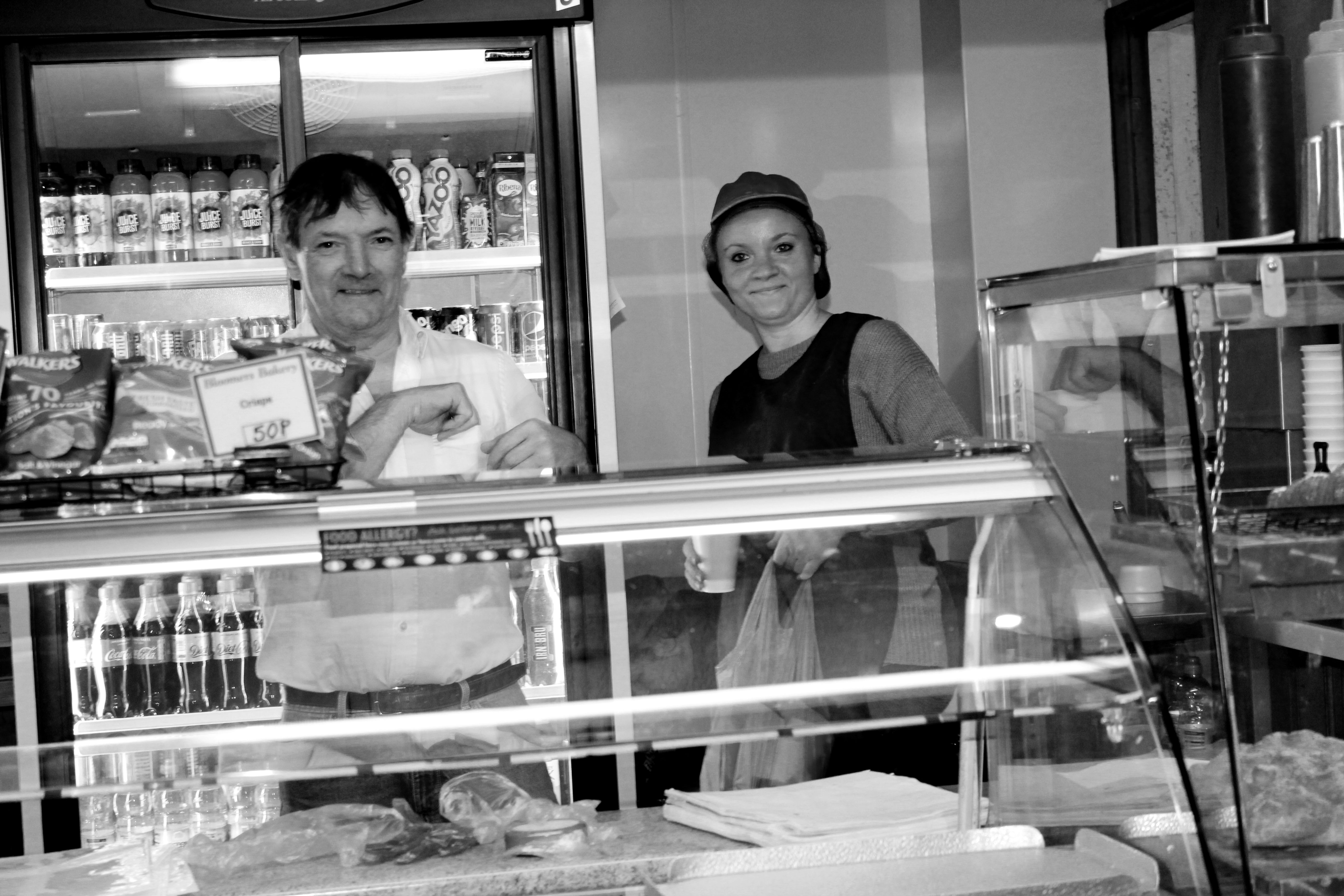

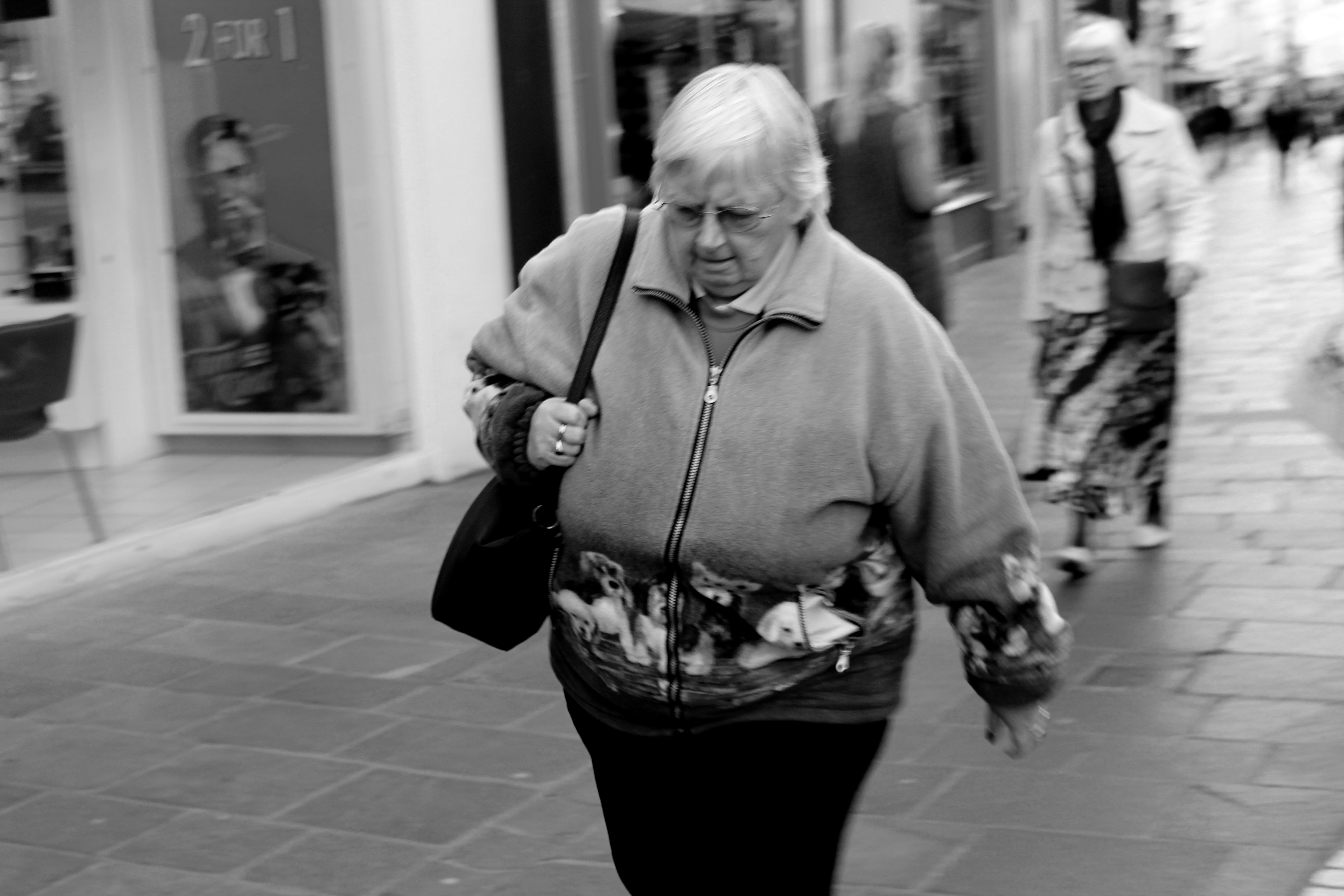
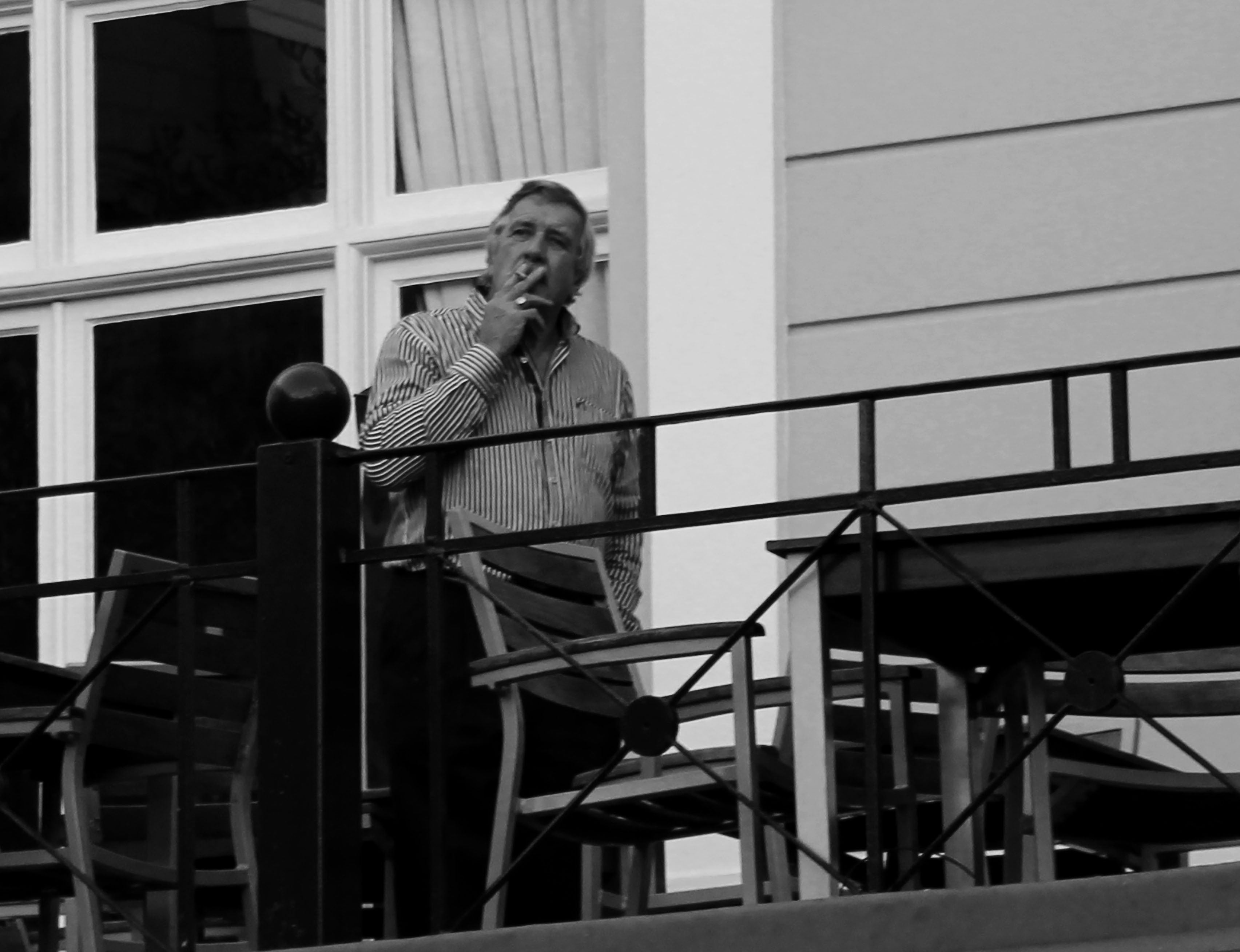

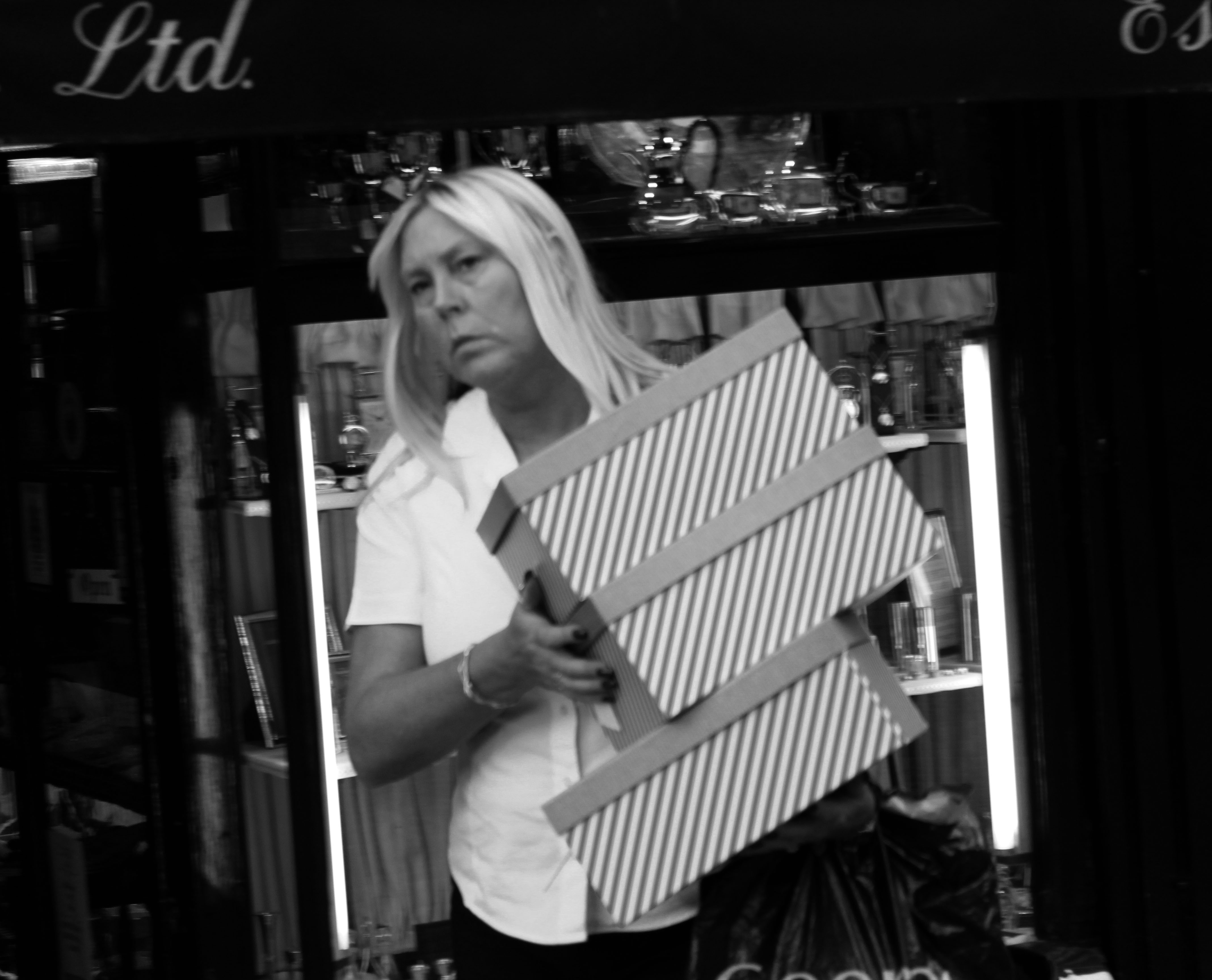
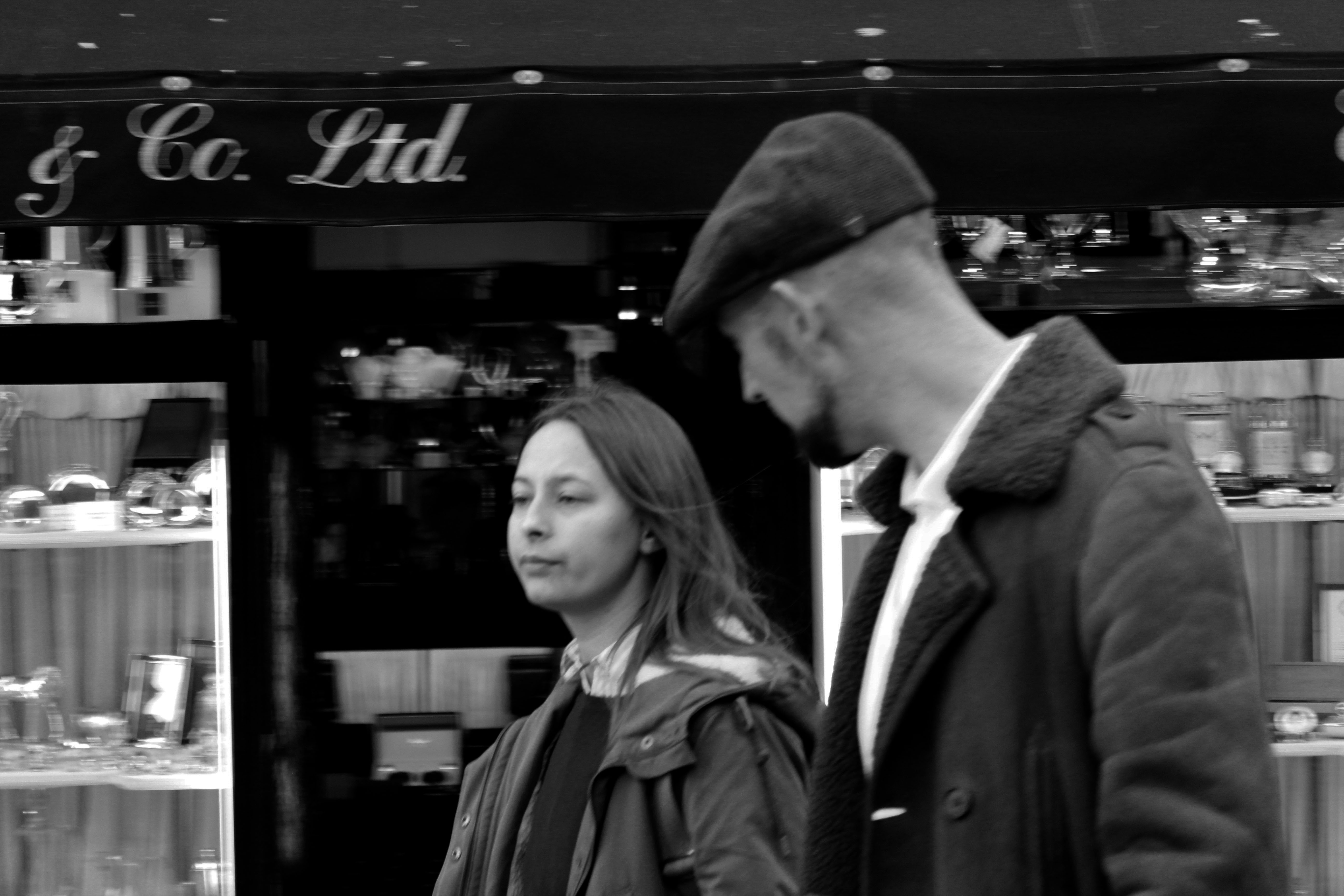
I really like how these edited photos came out. I prefer the photos when they are in black and white because the photo looks much better and I think it gives it more personality. Overall I really like street photography and will probably revisit this type of portrait photography.